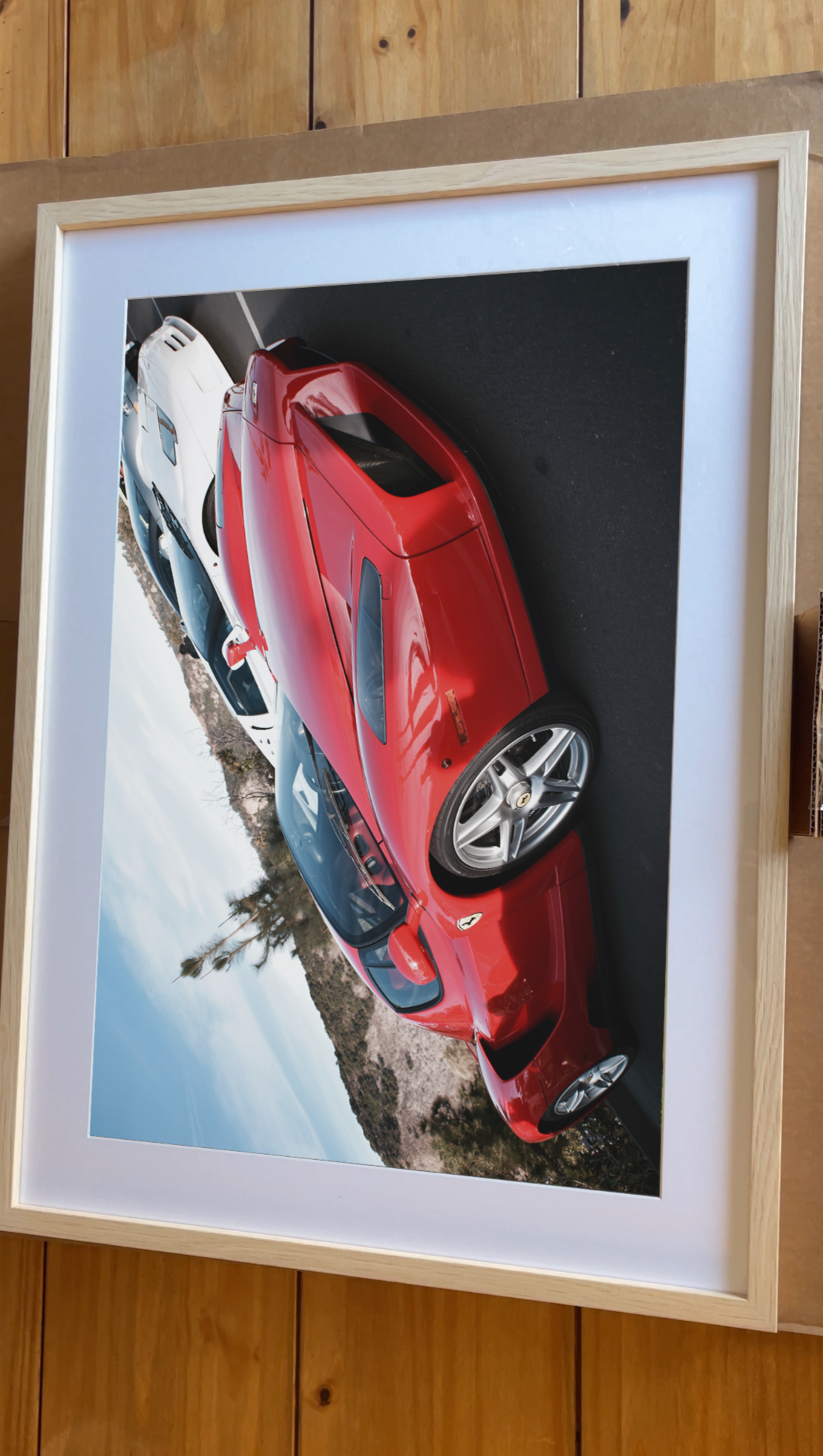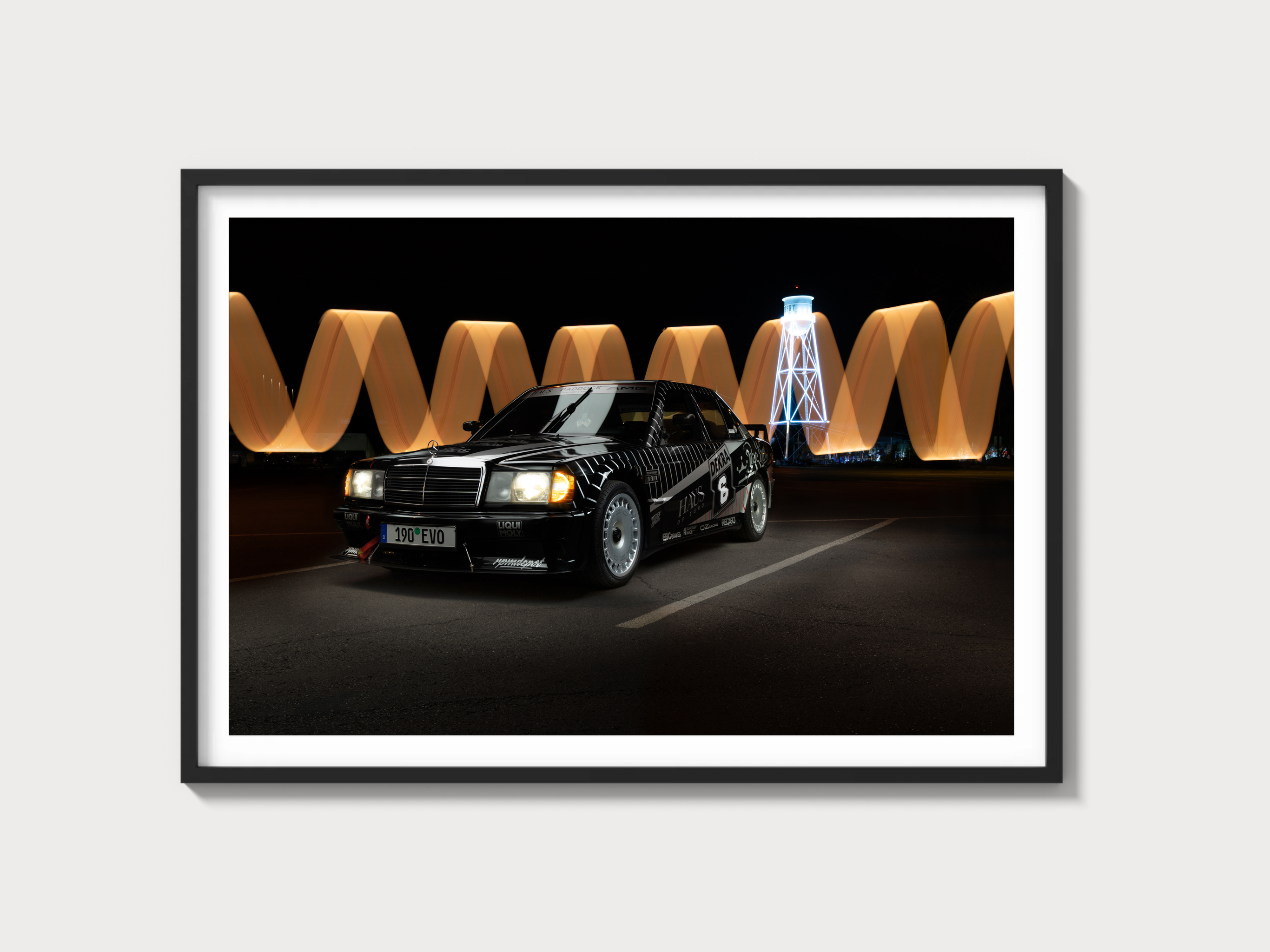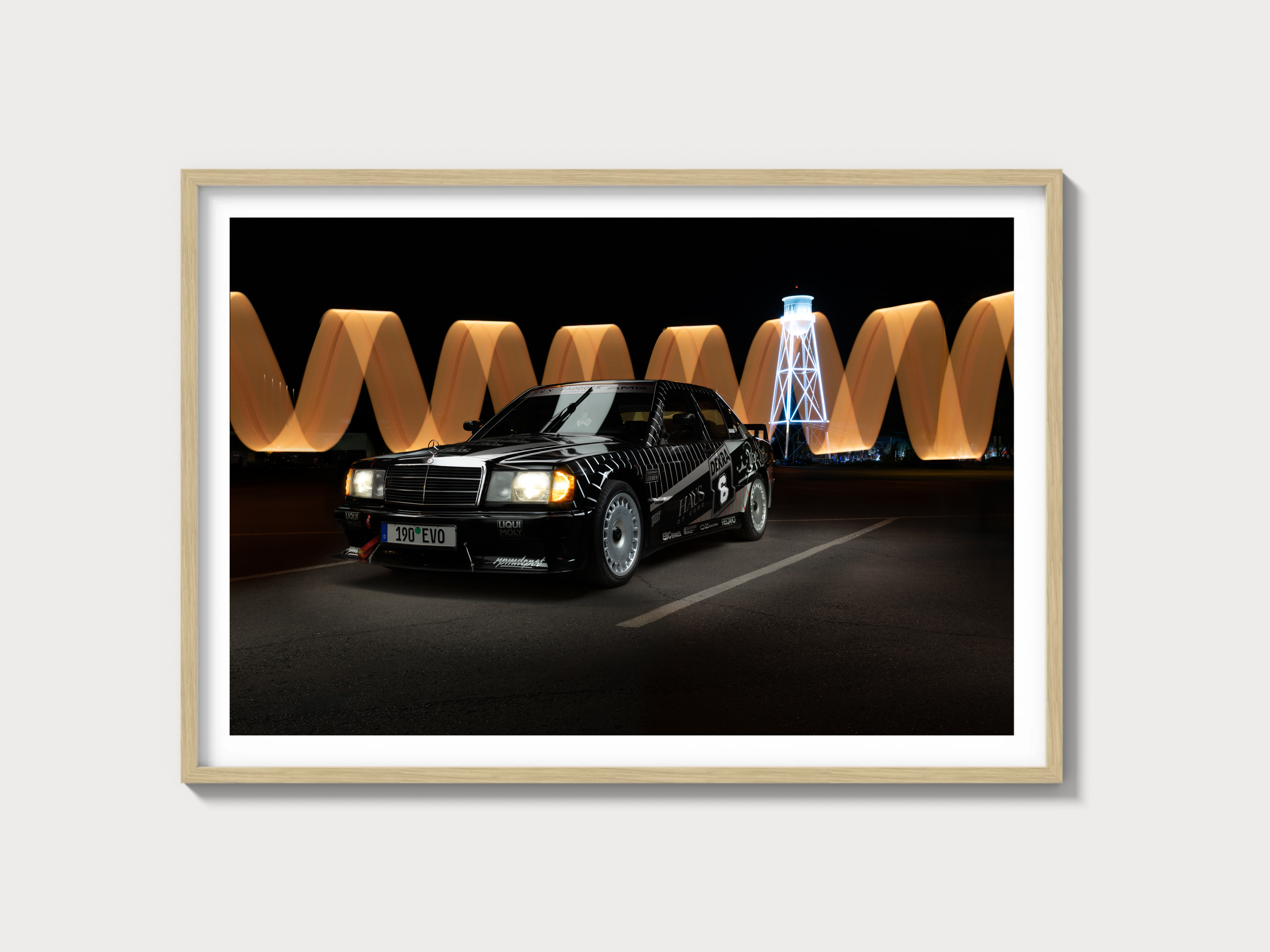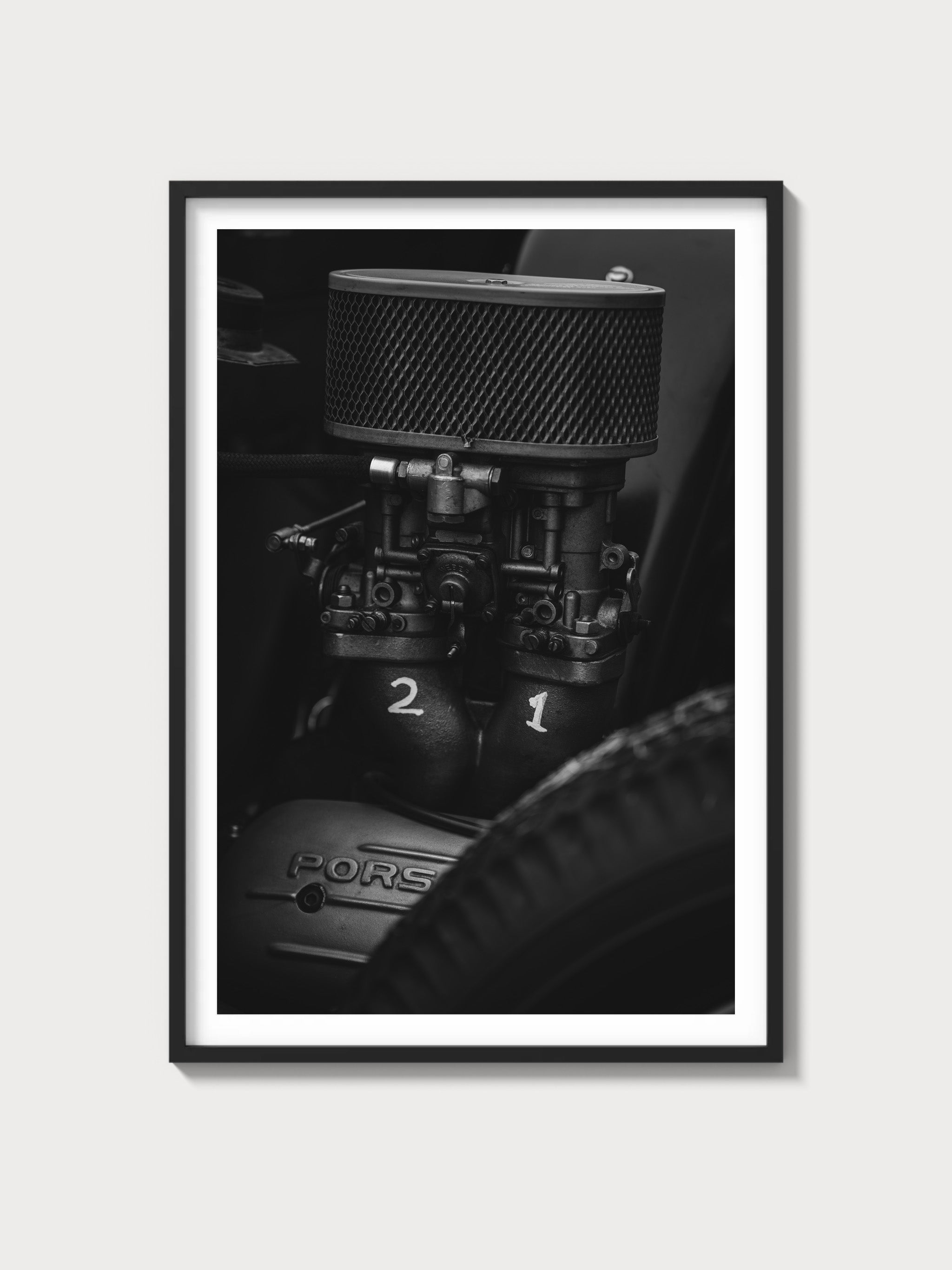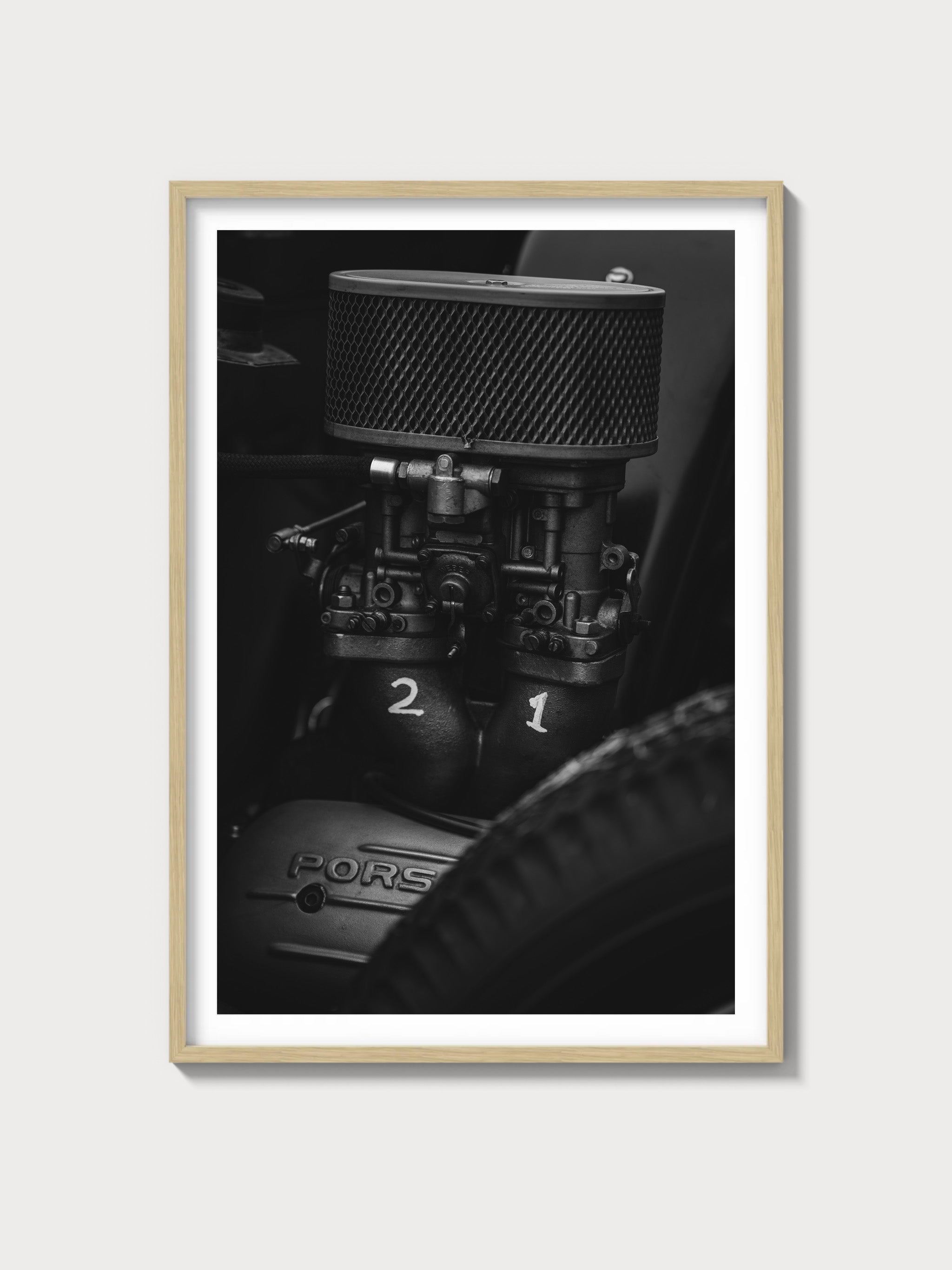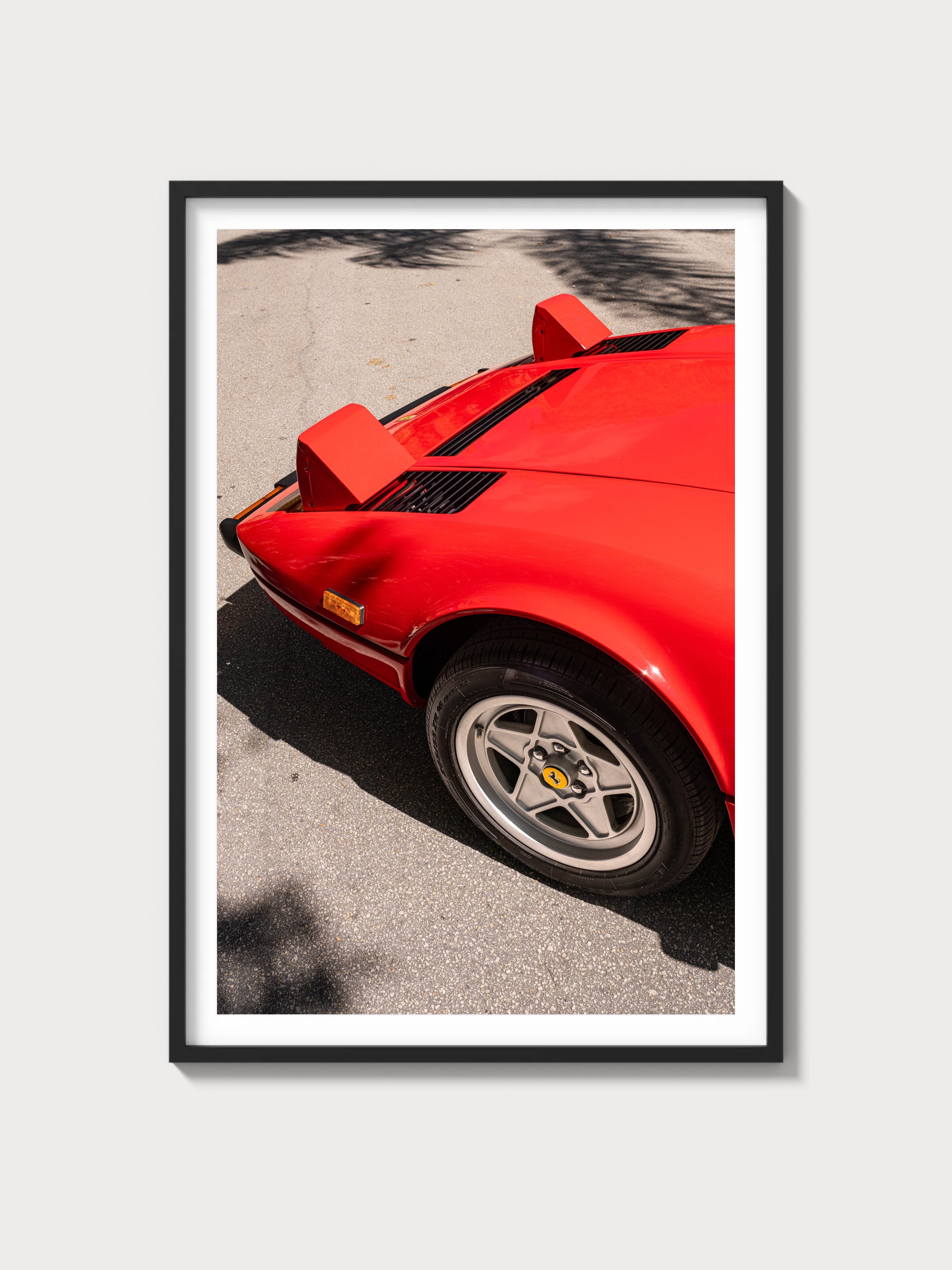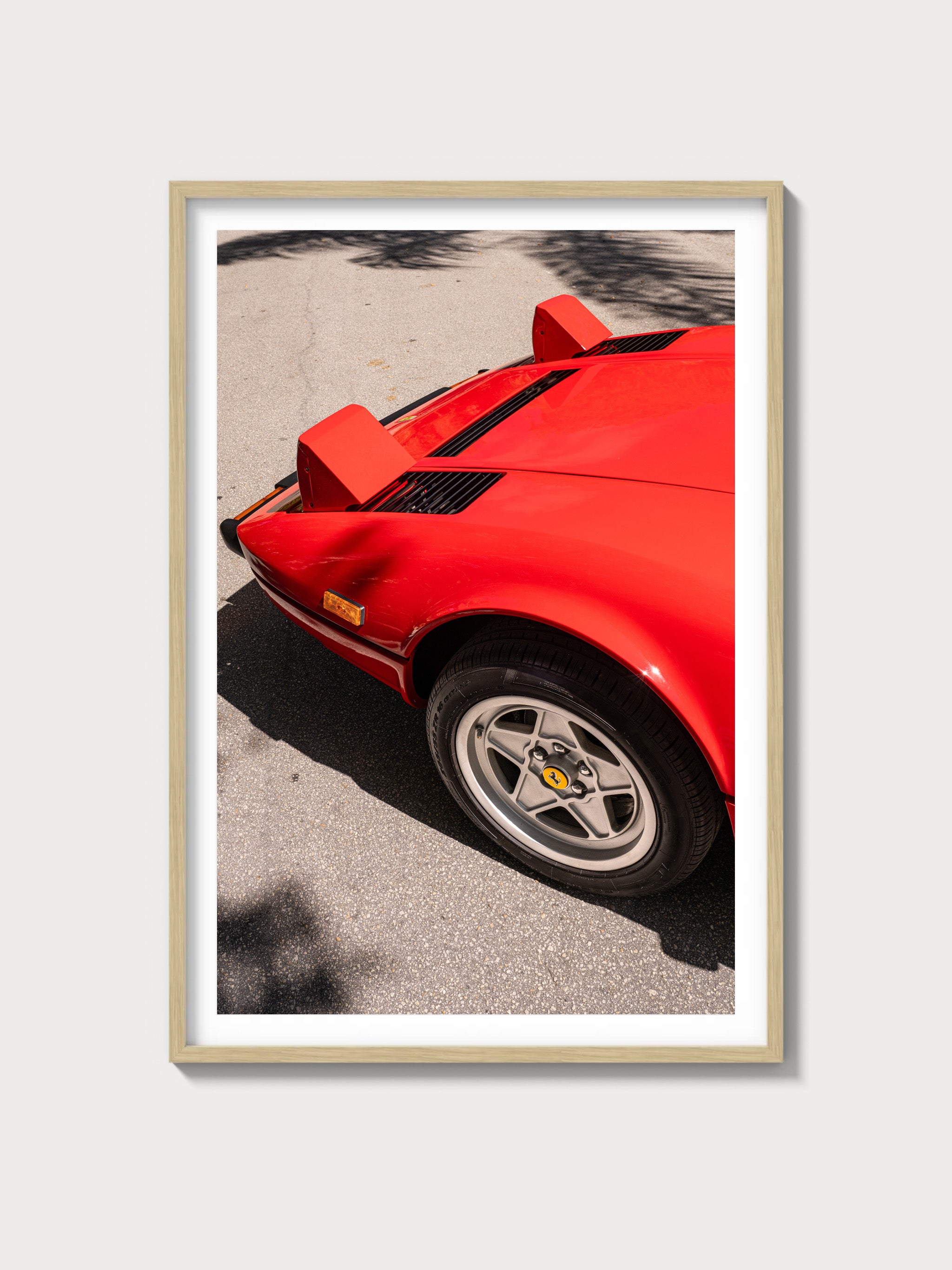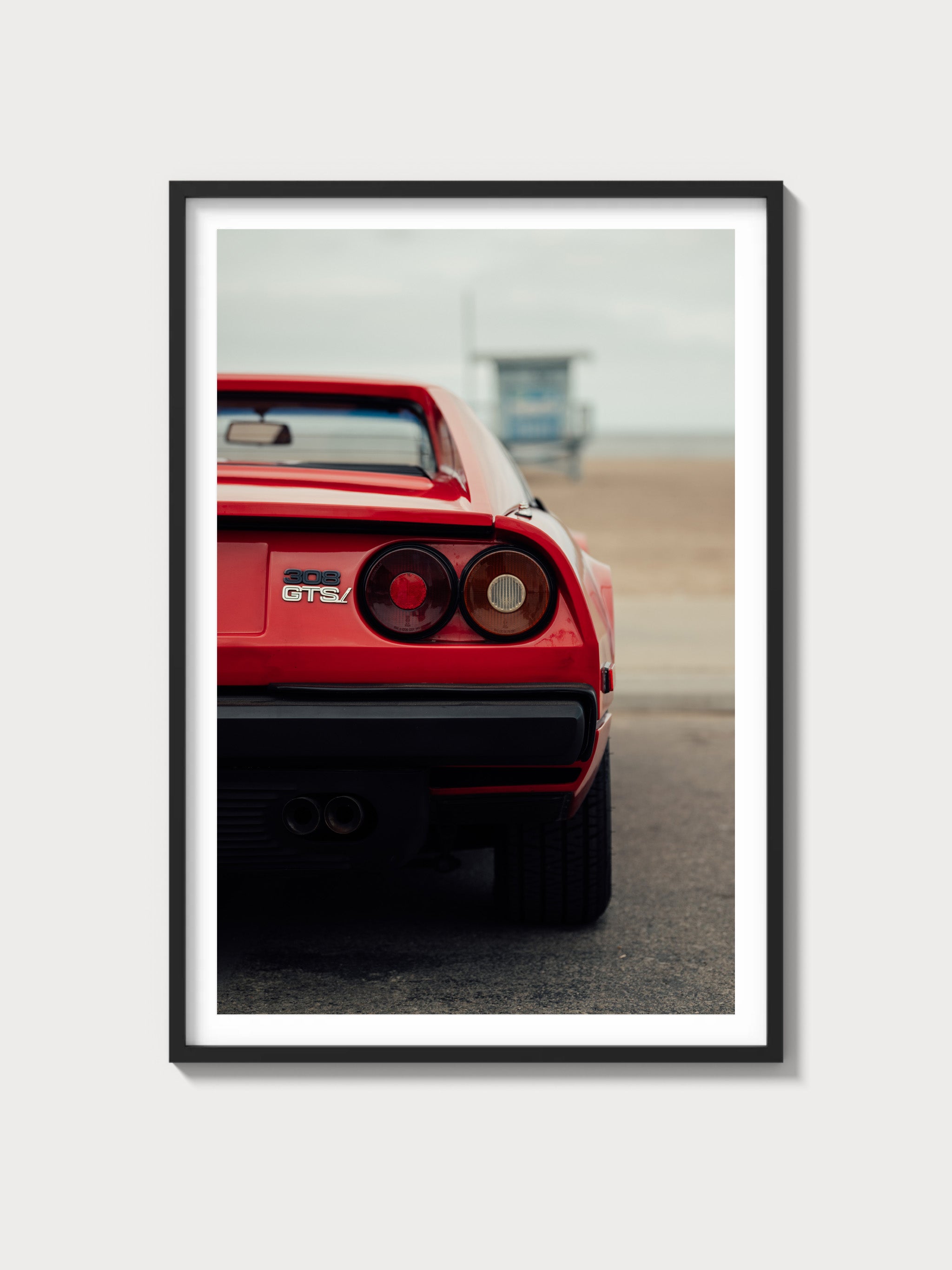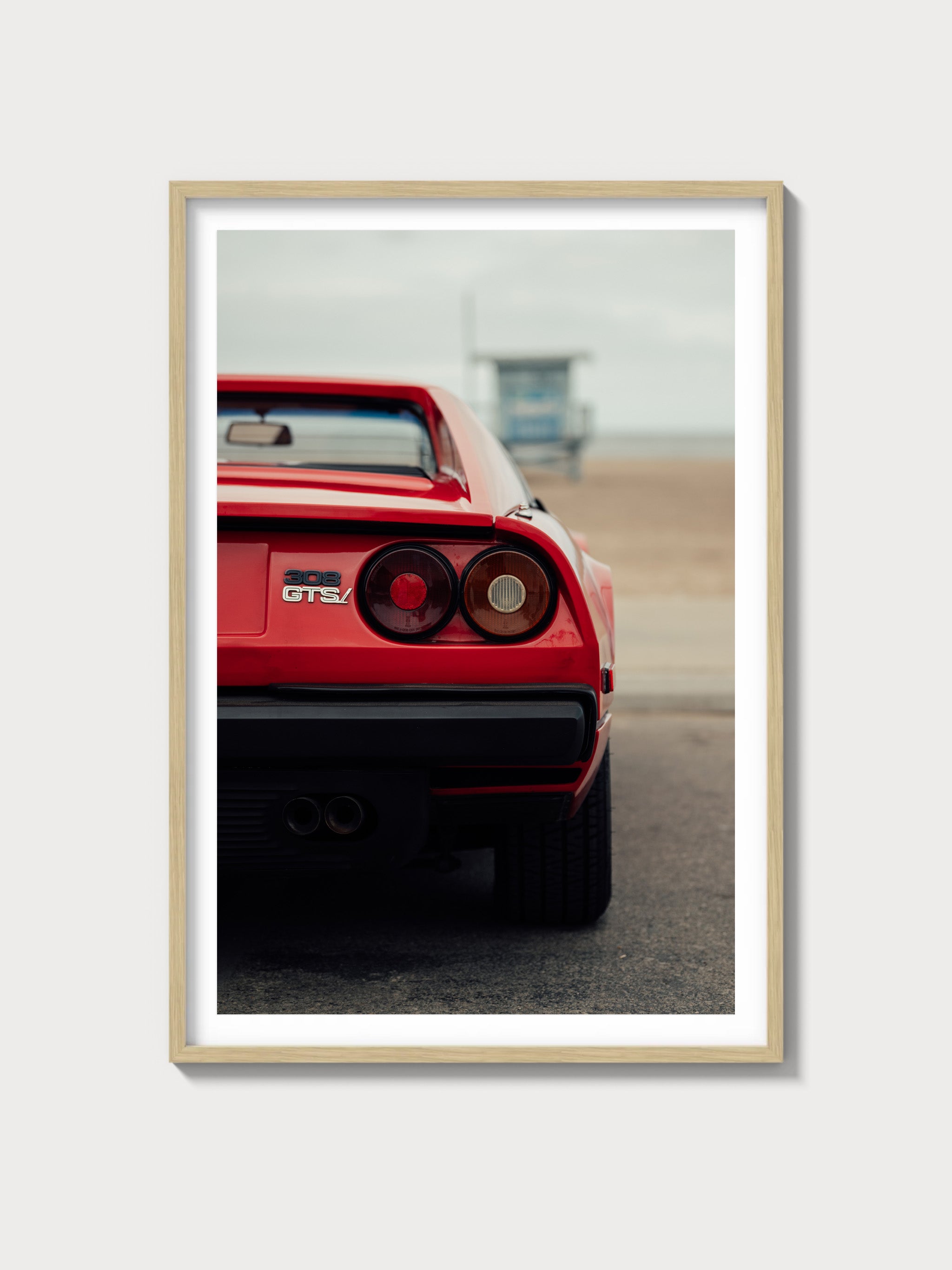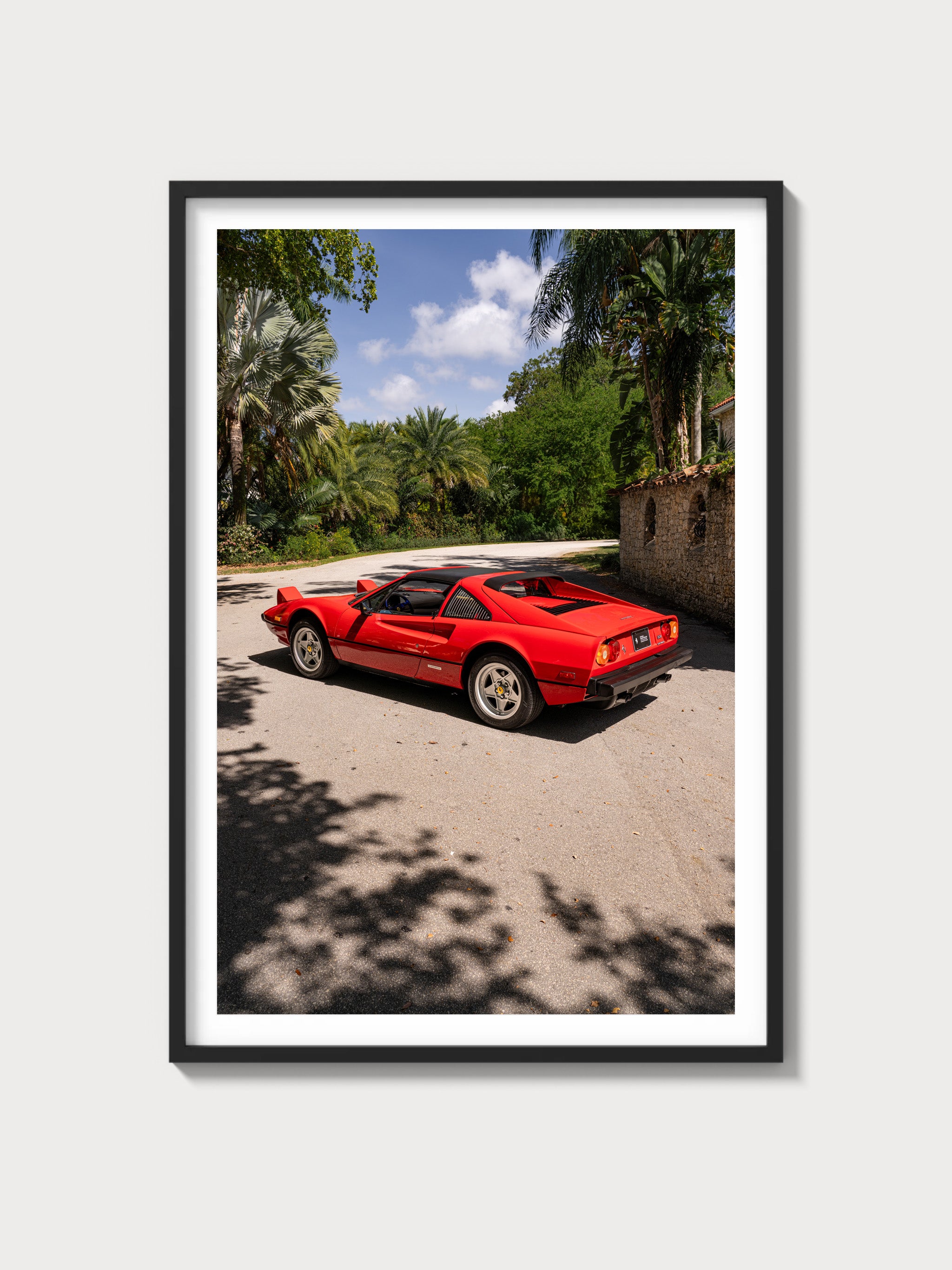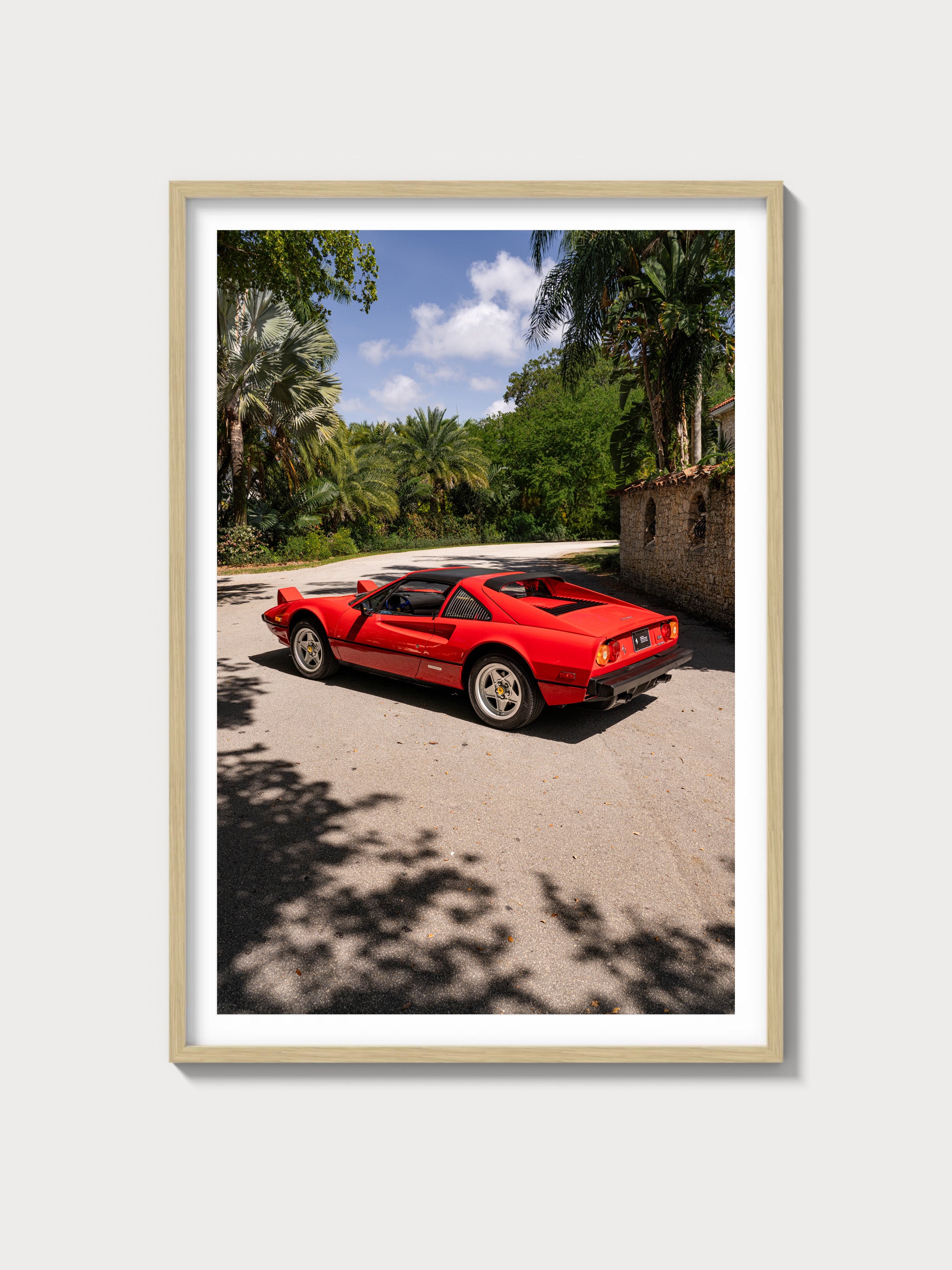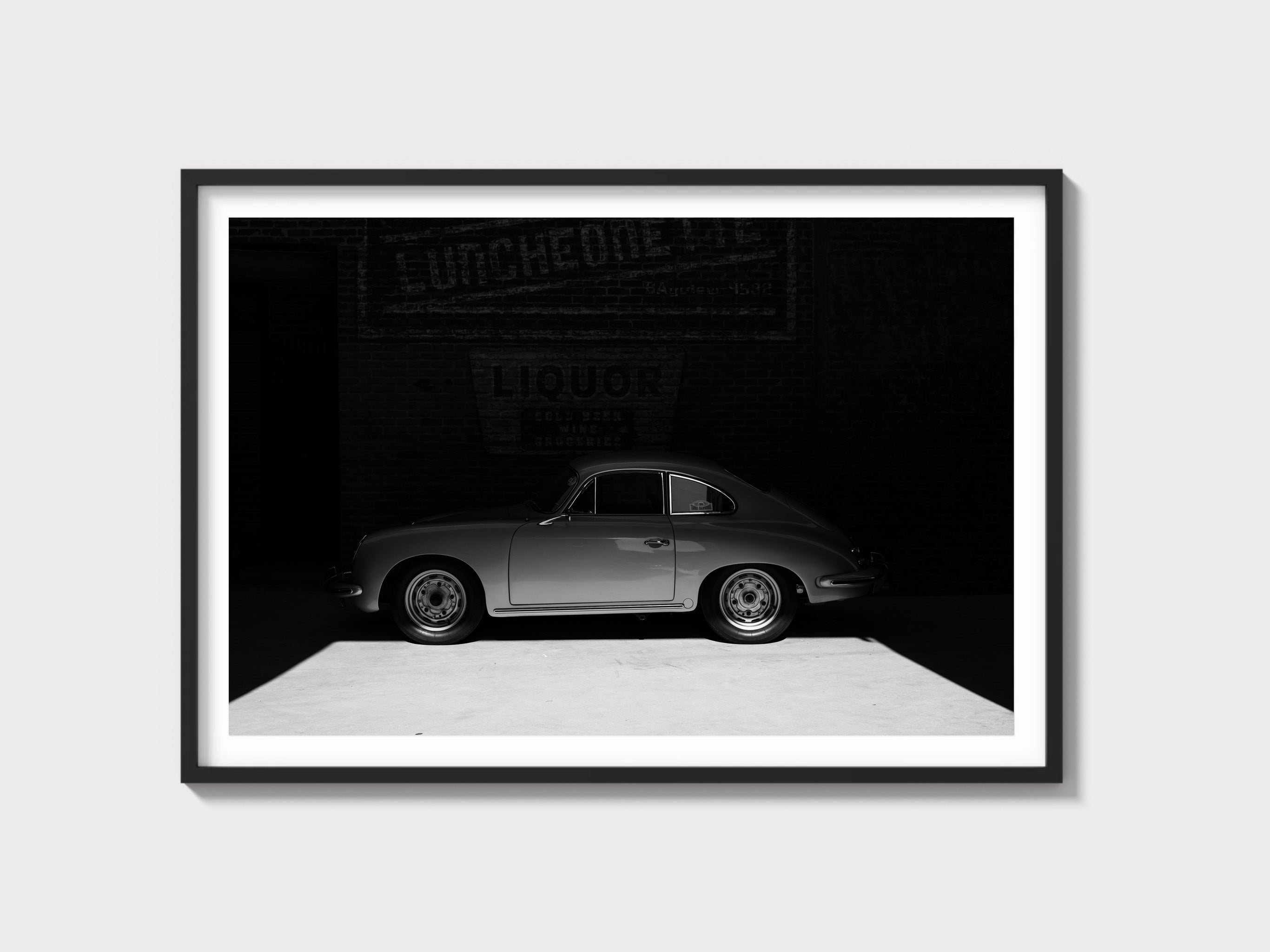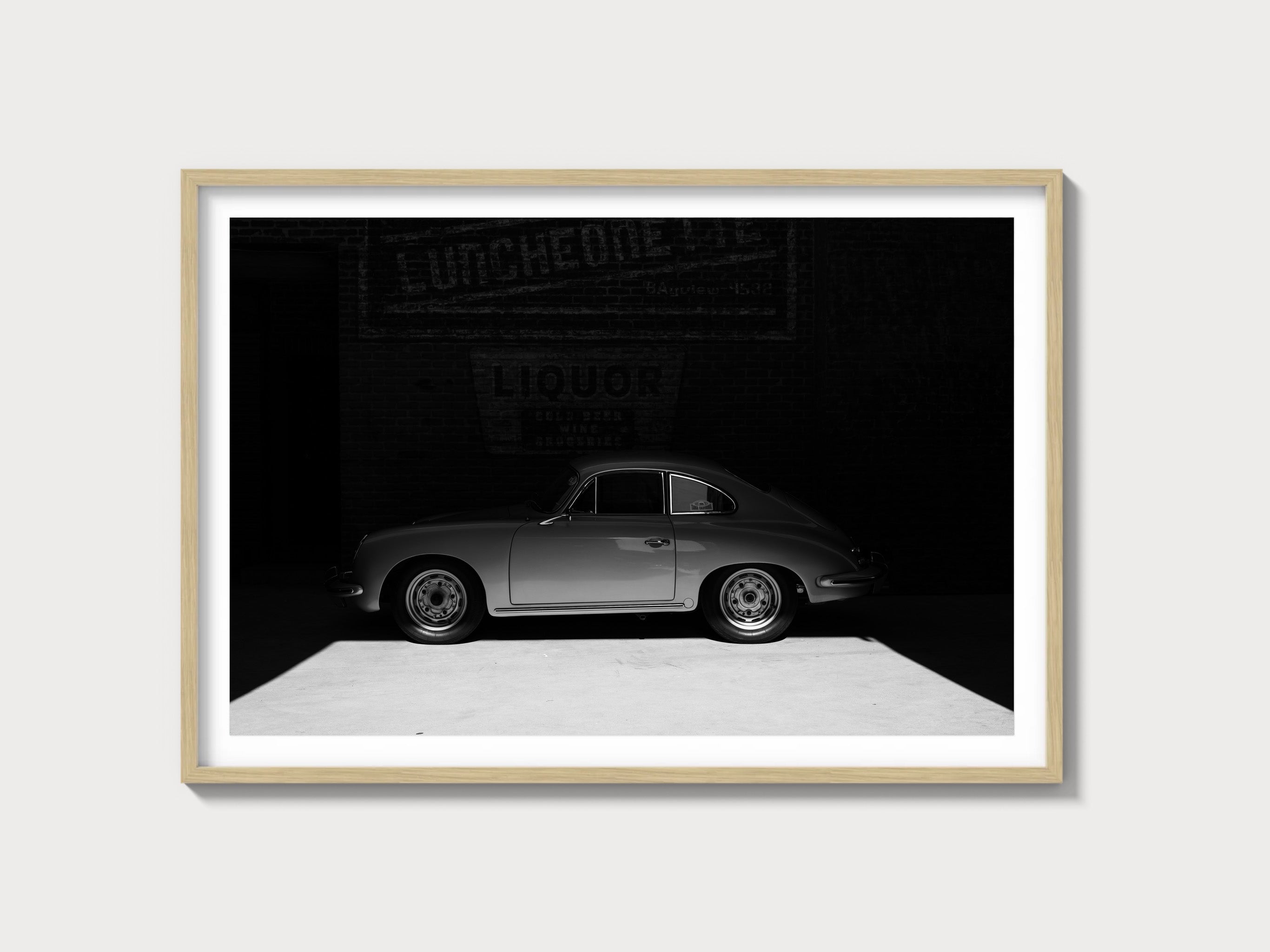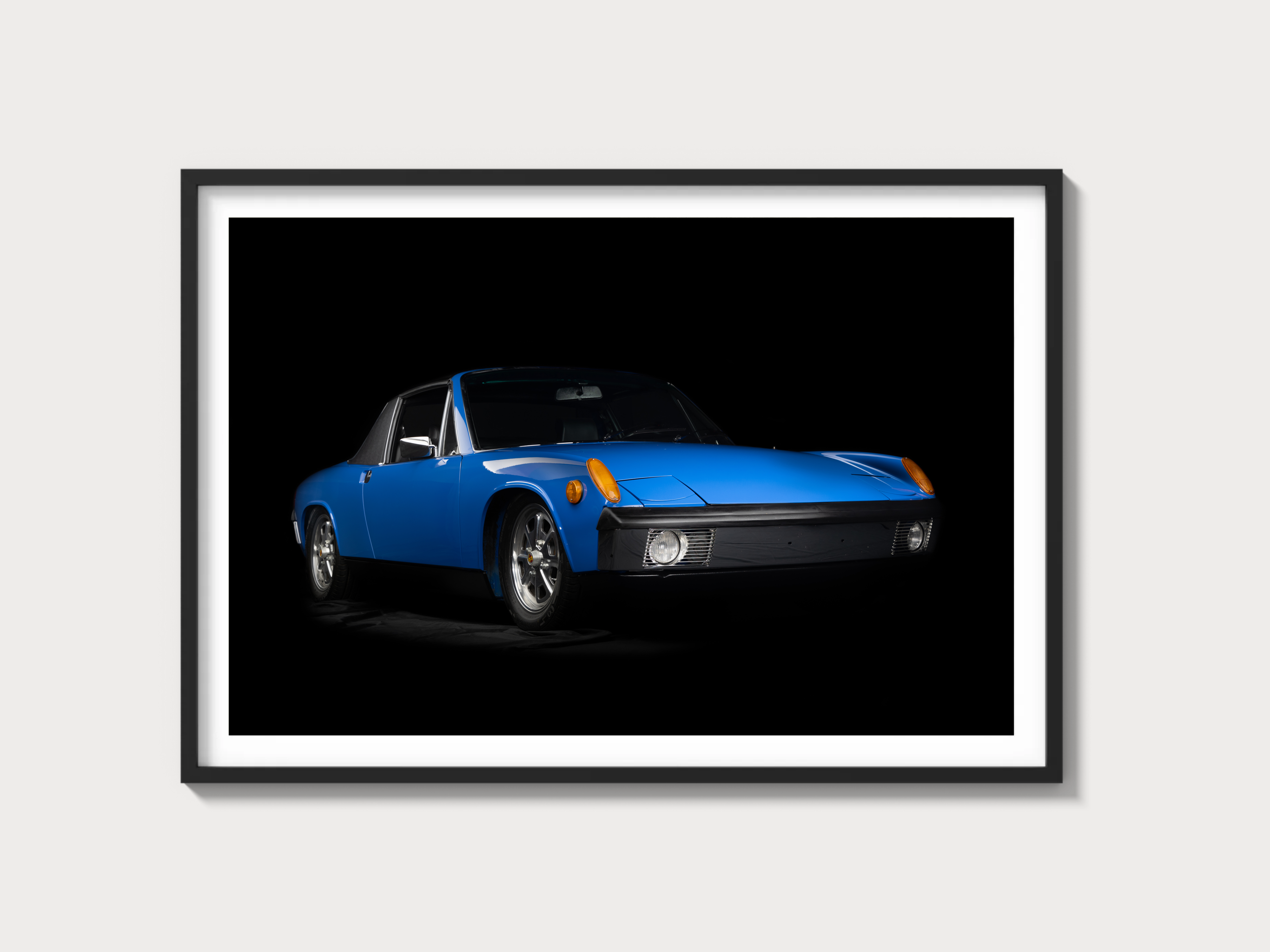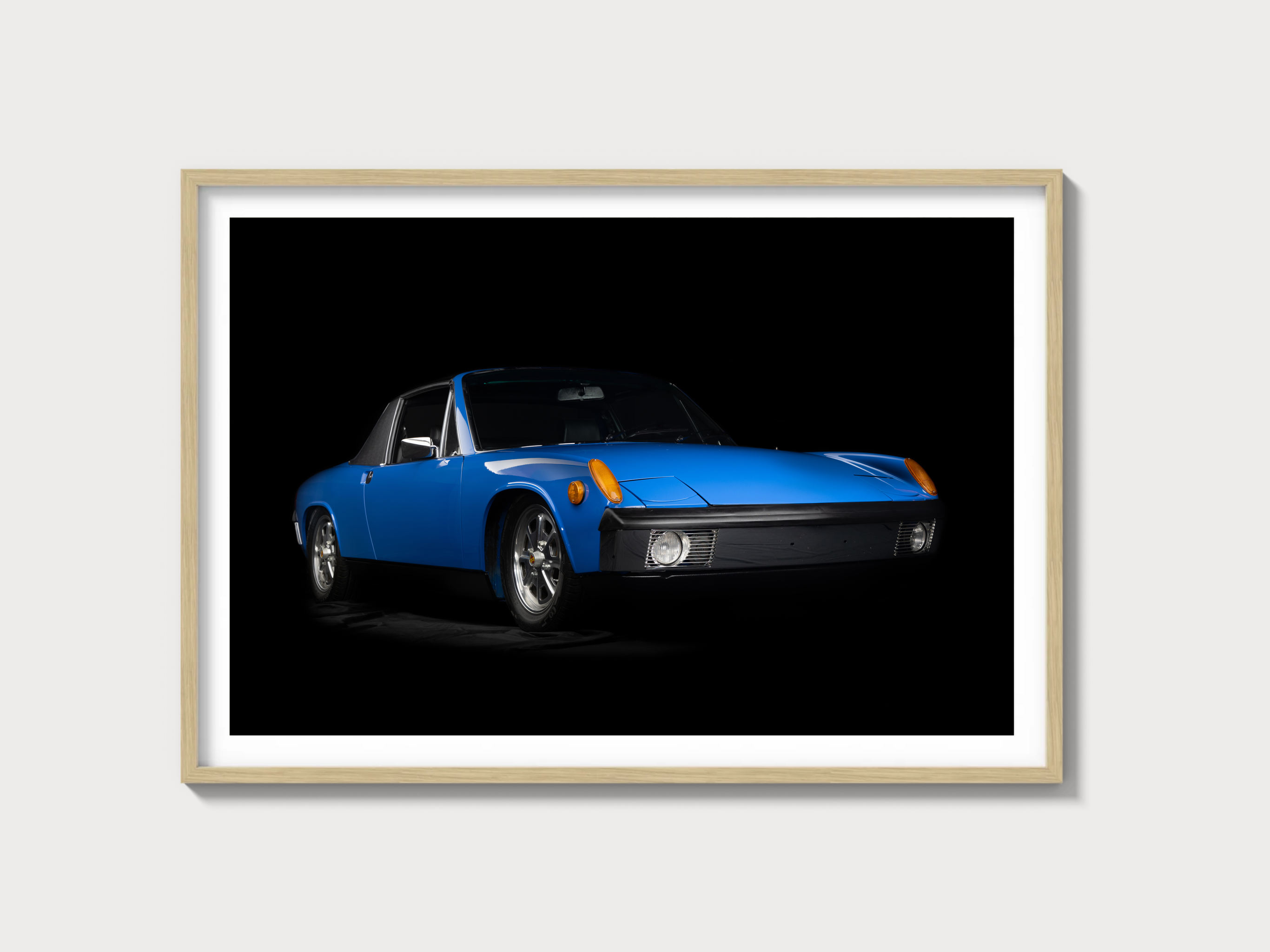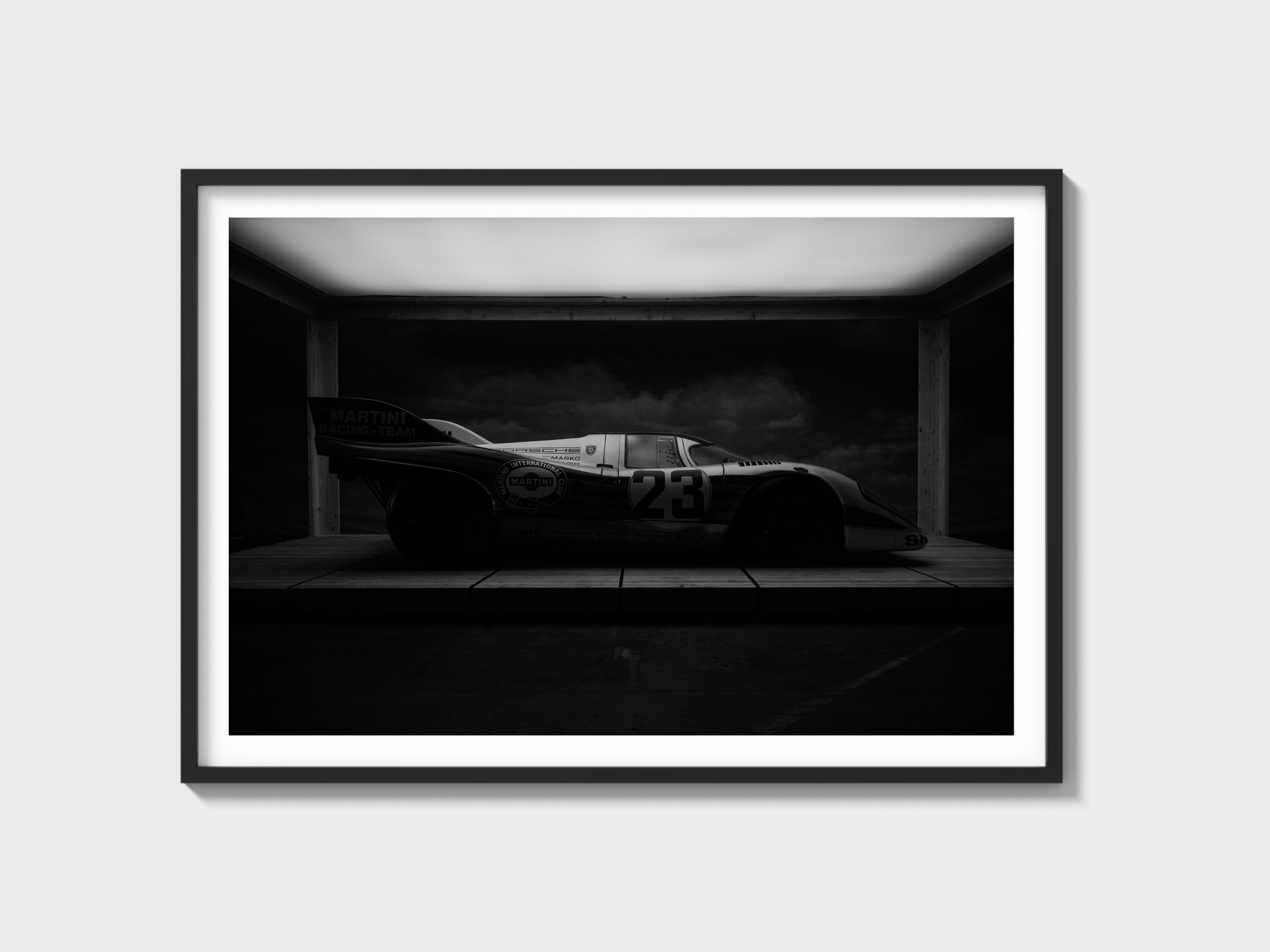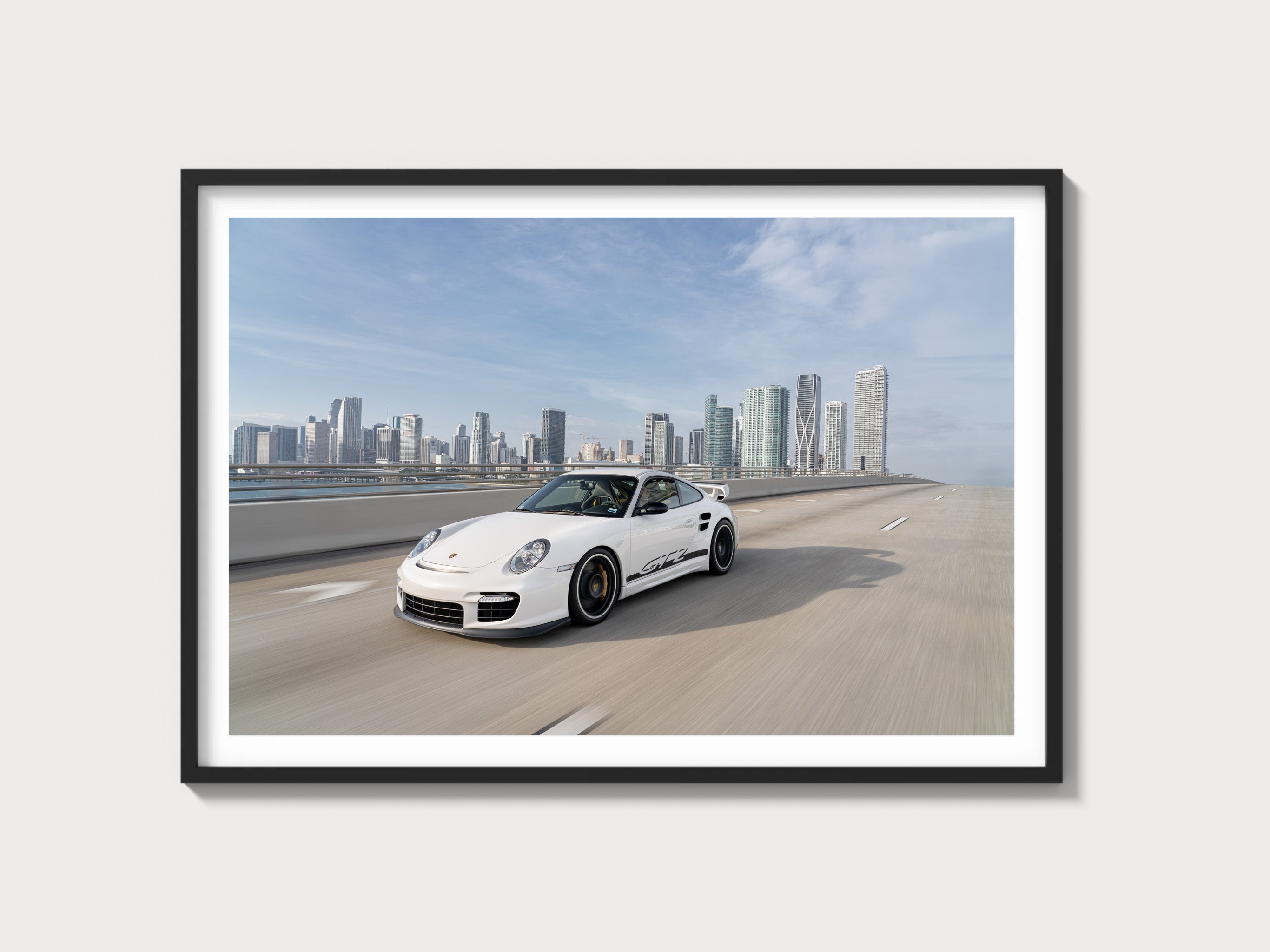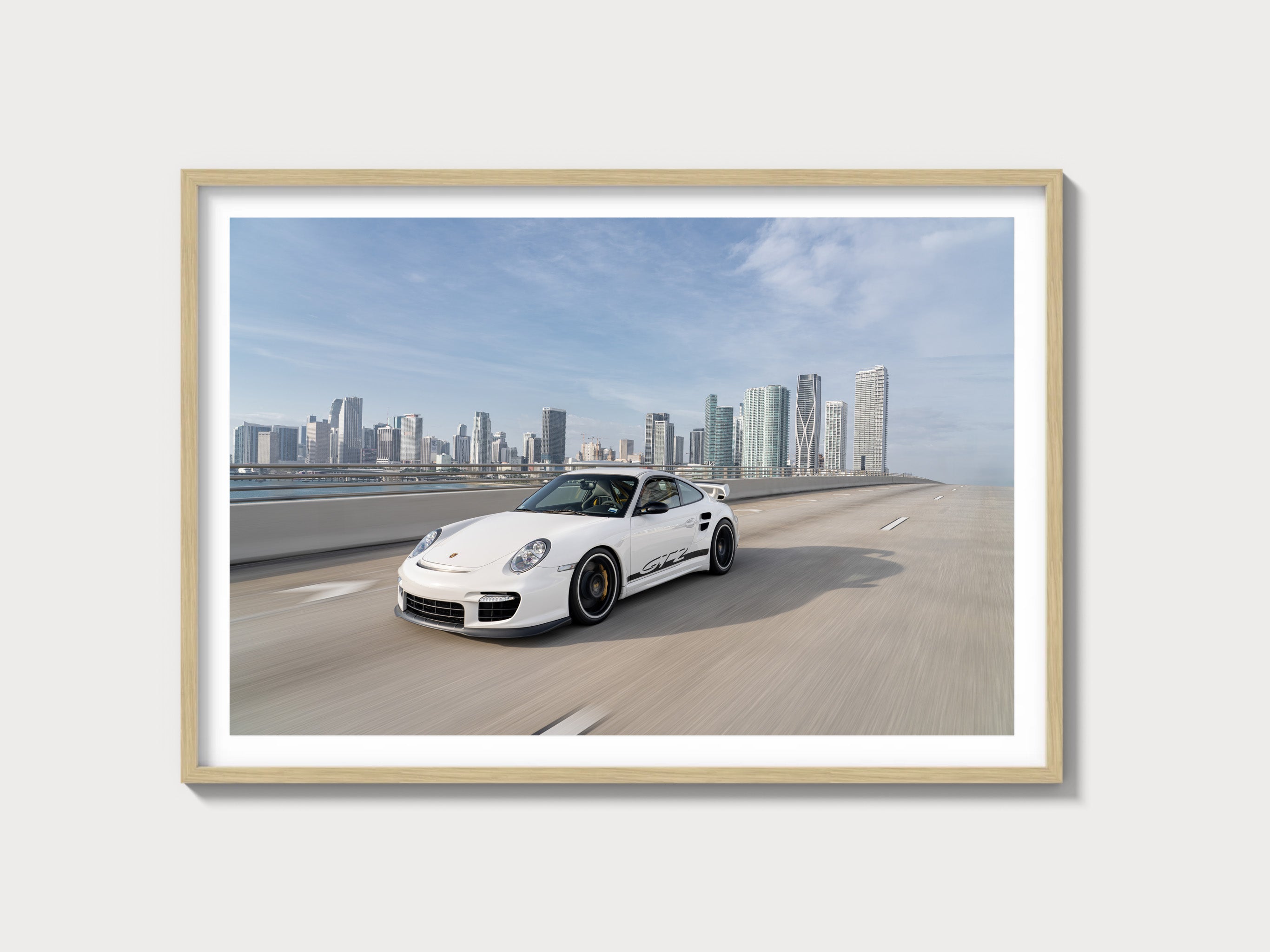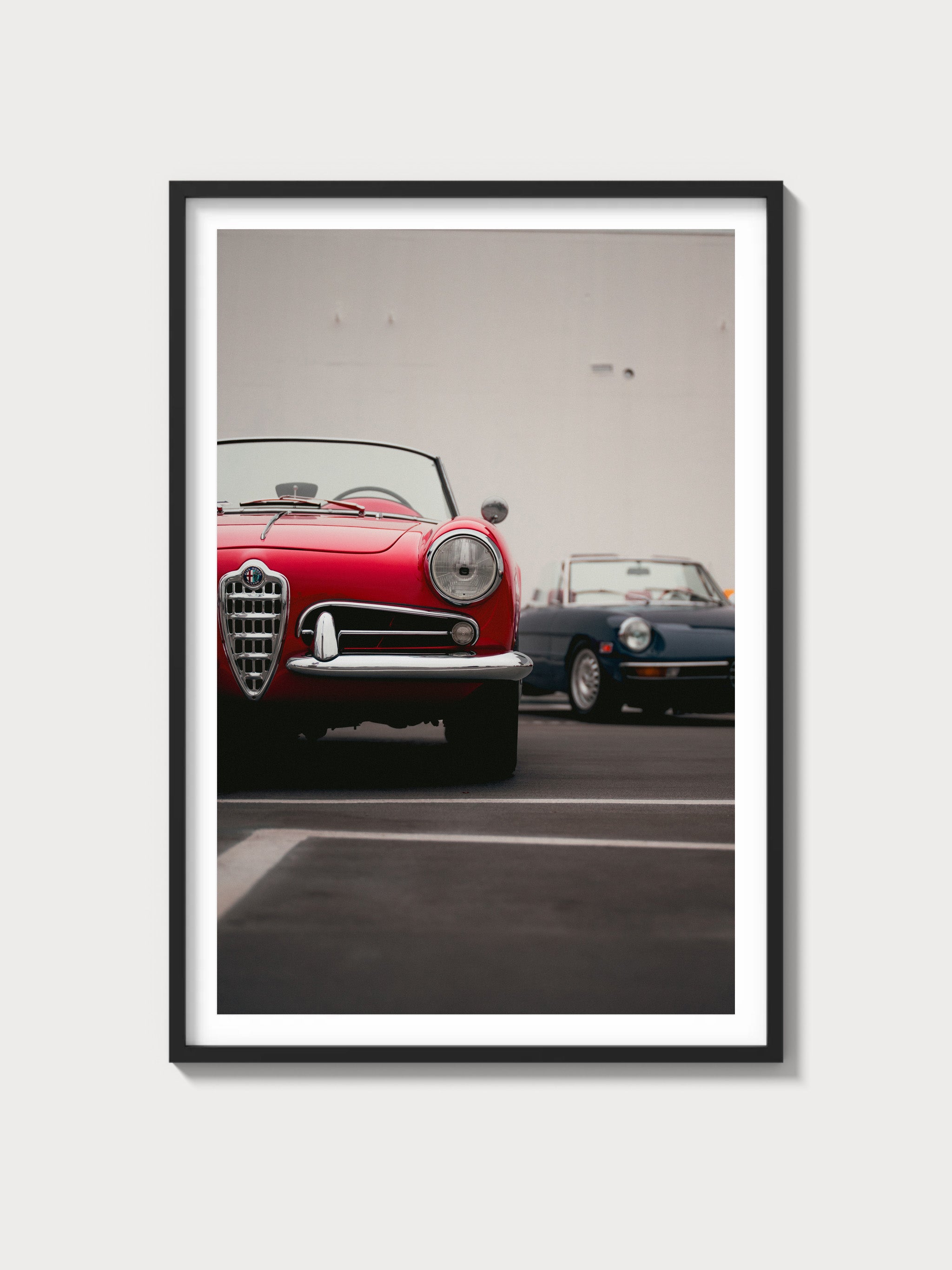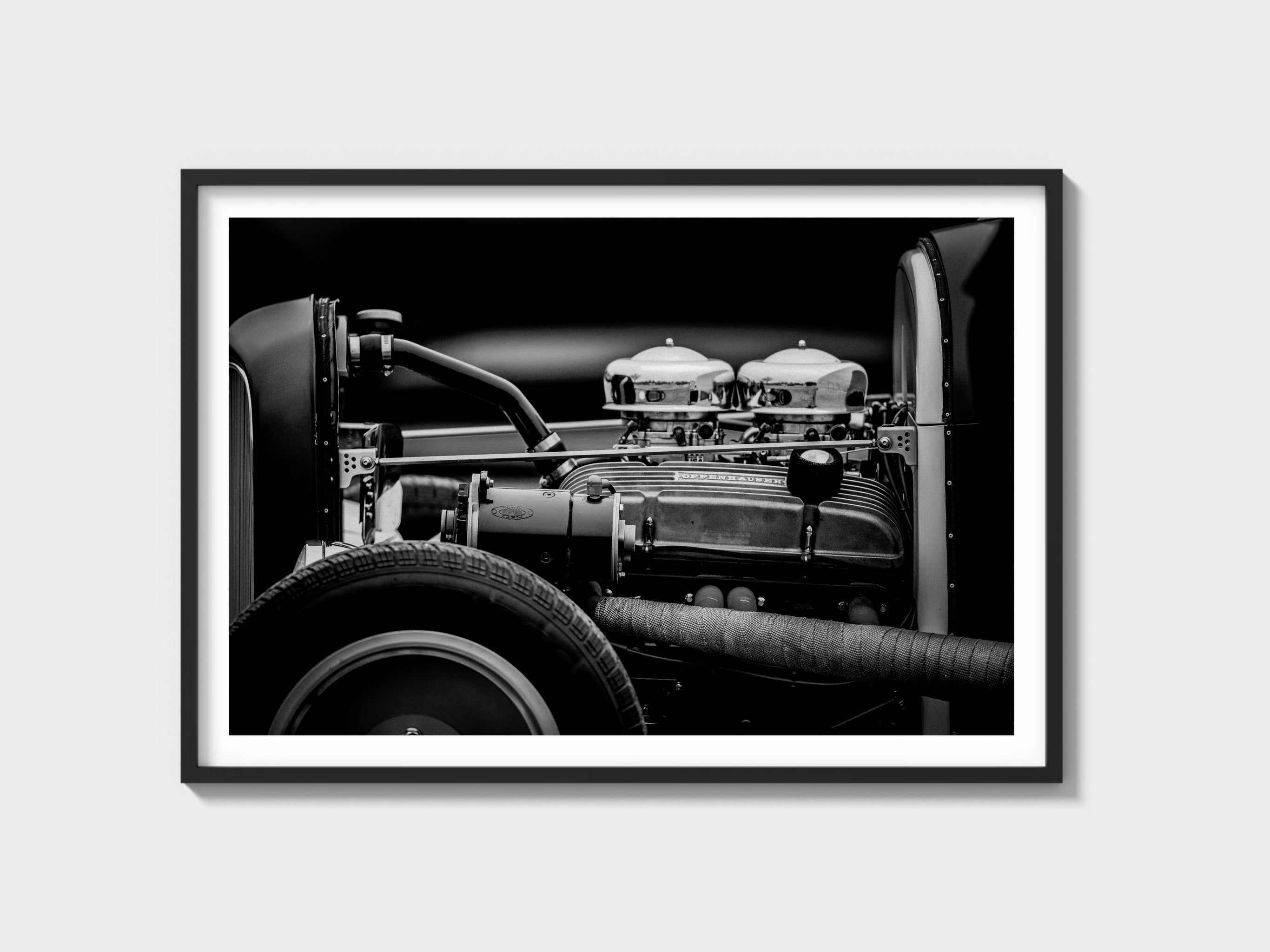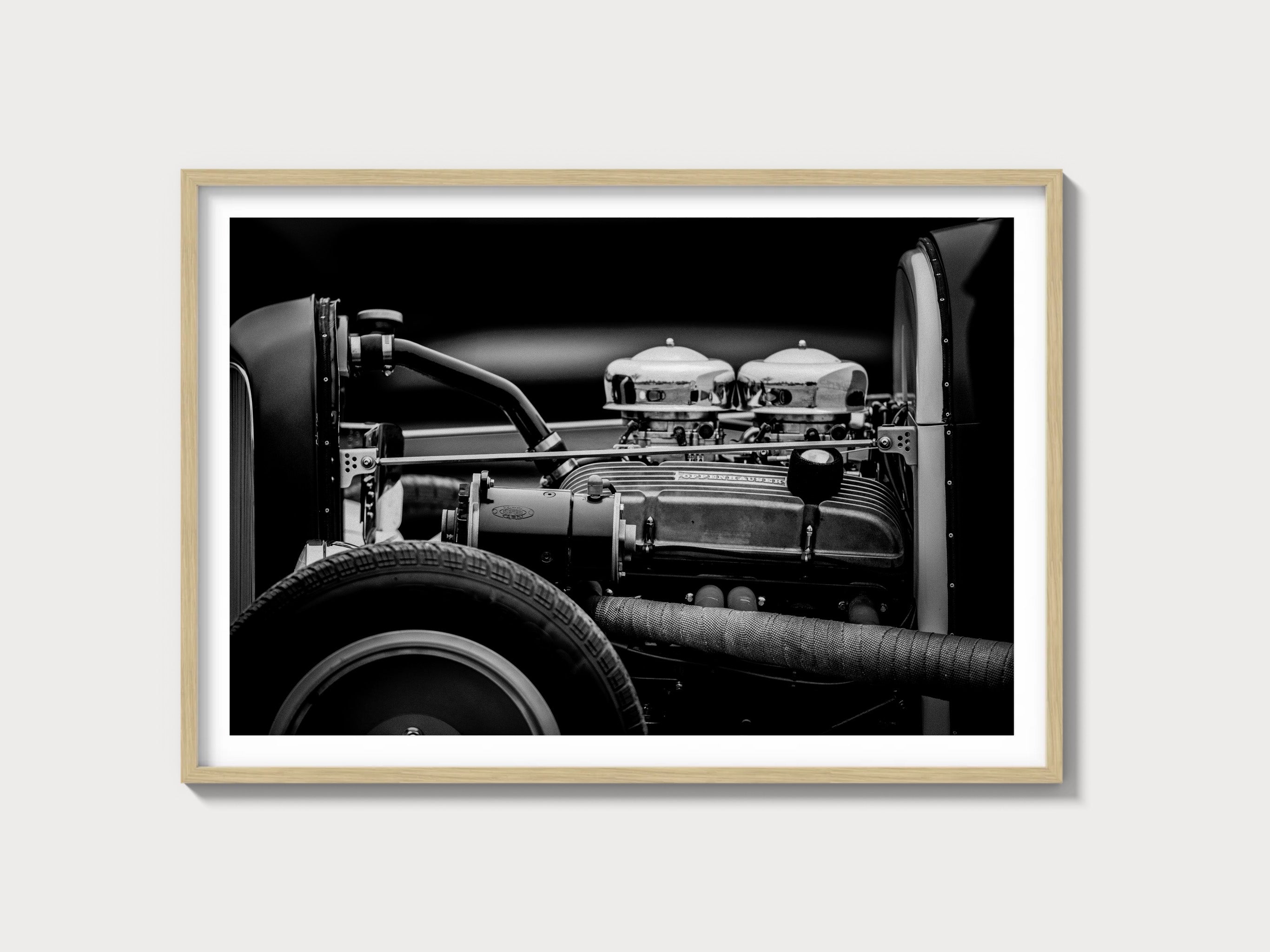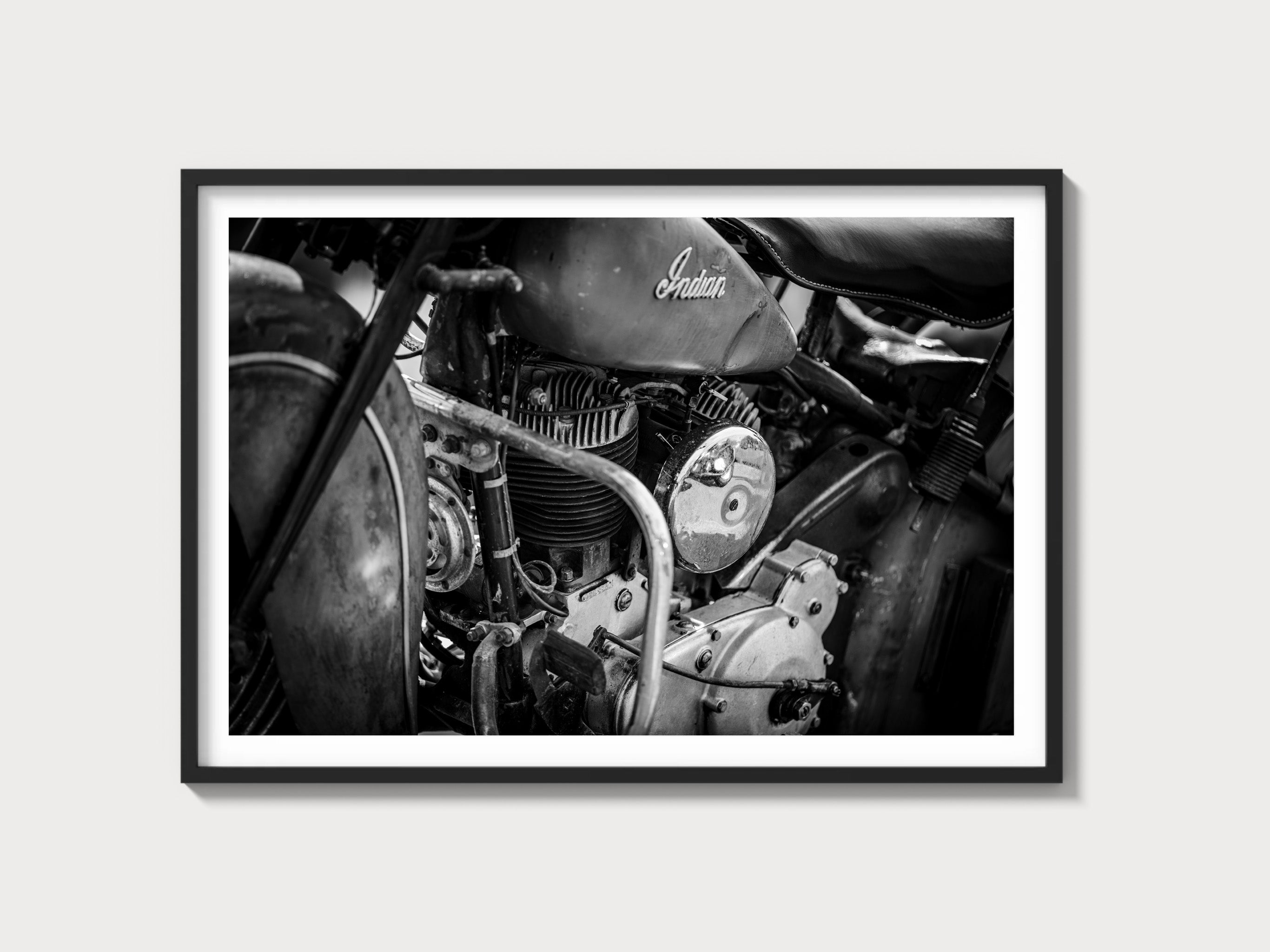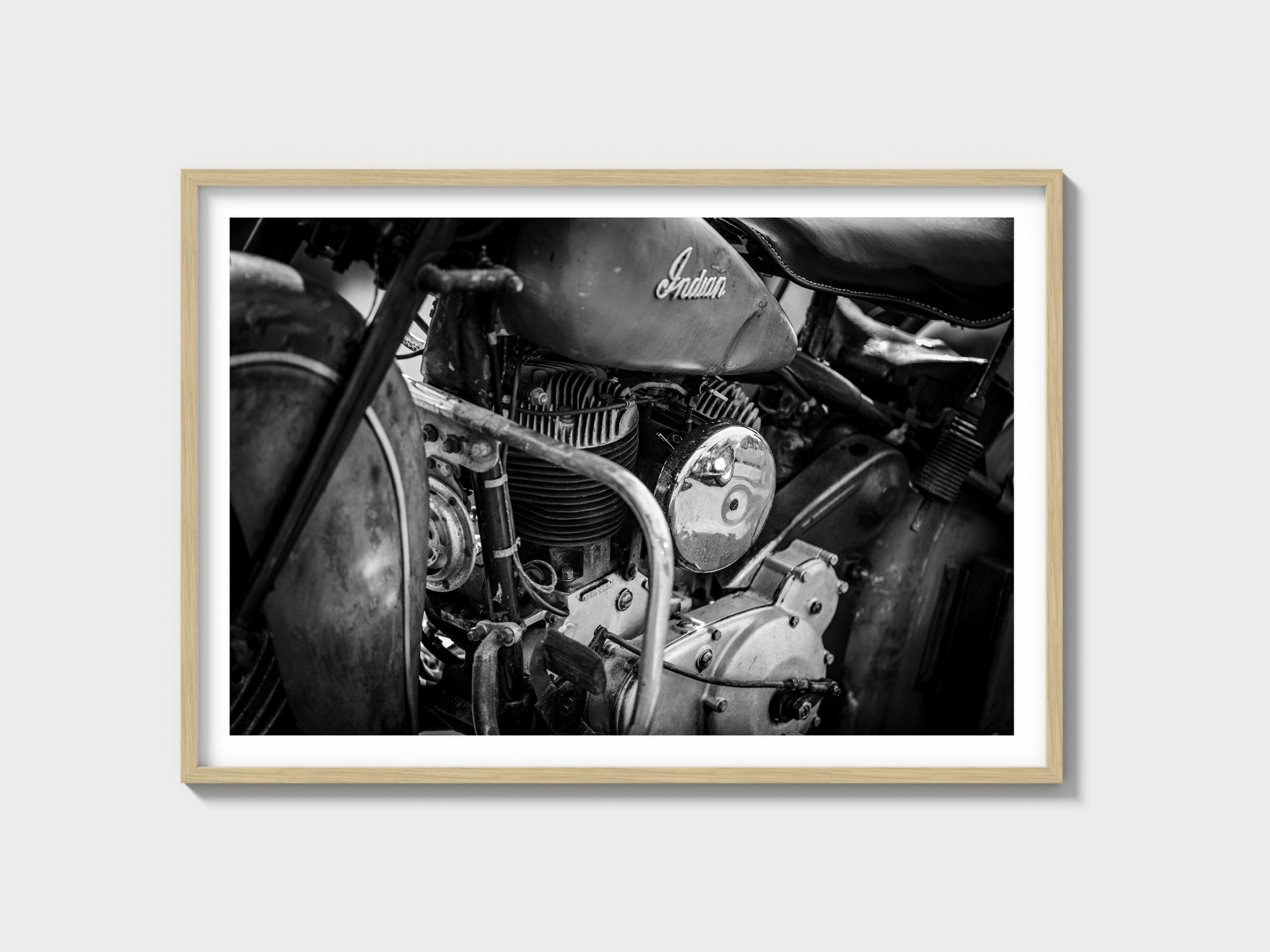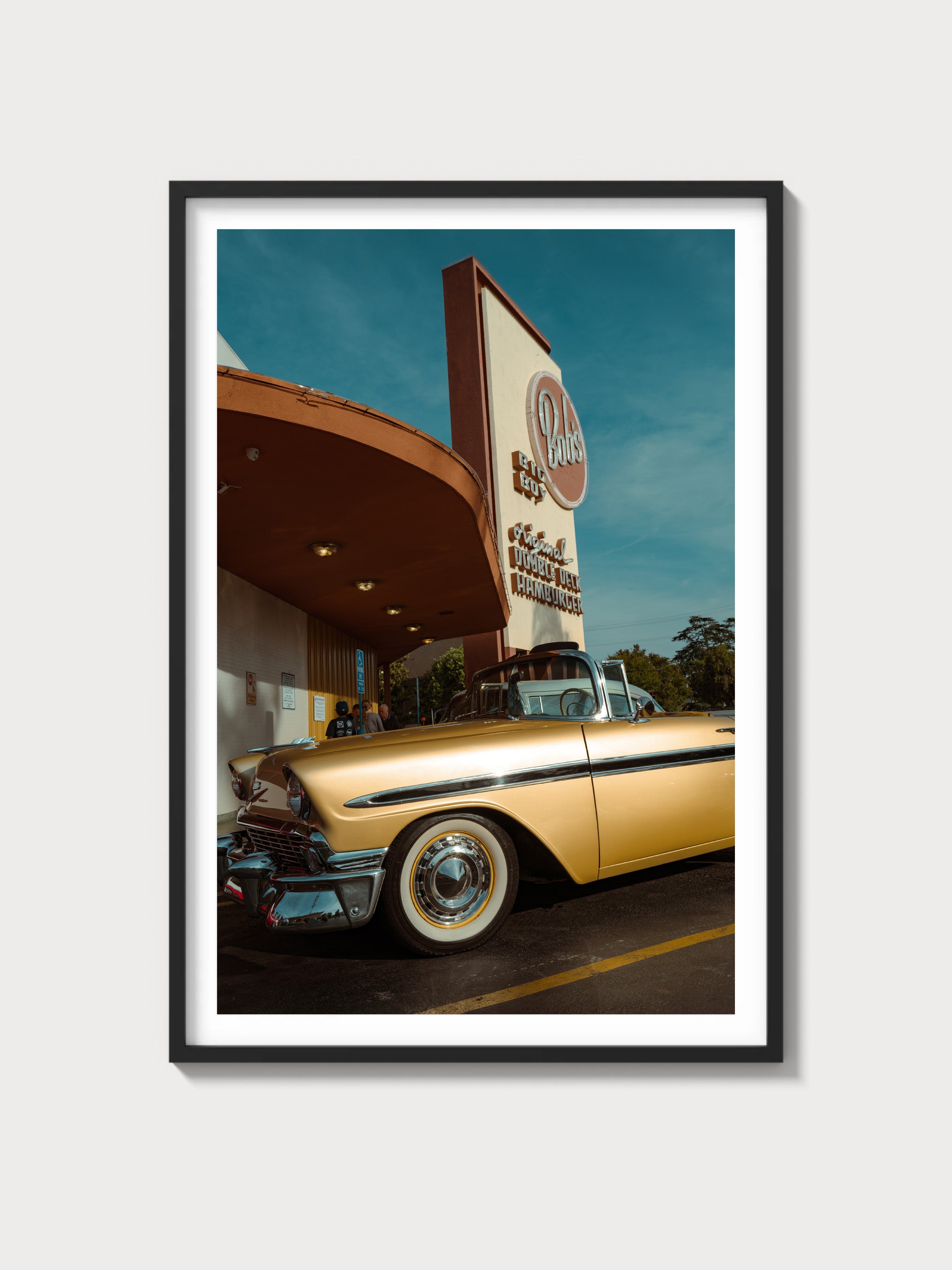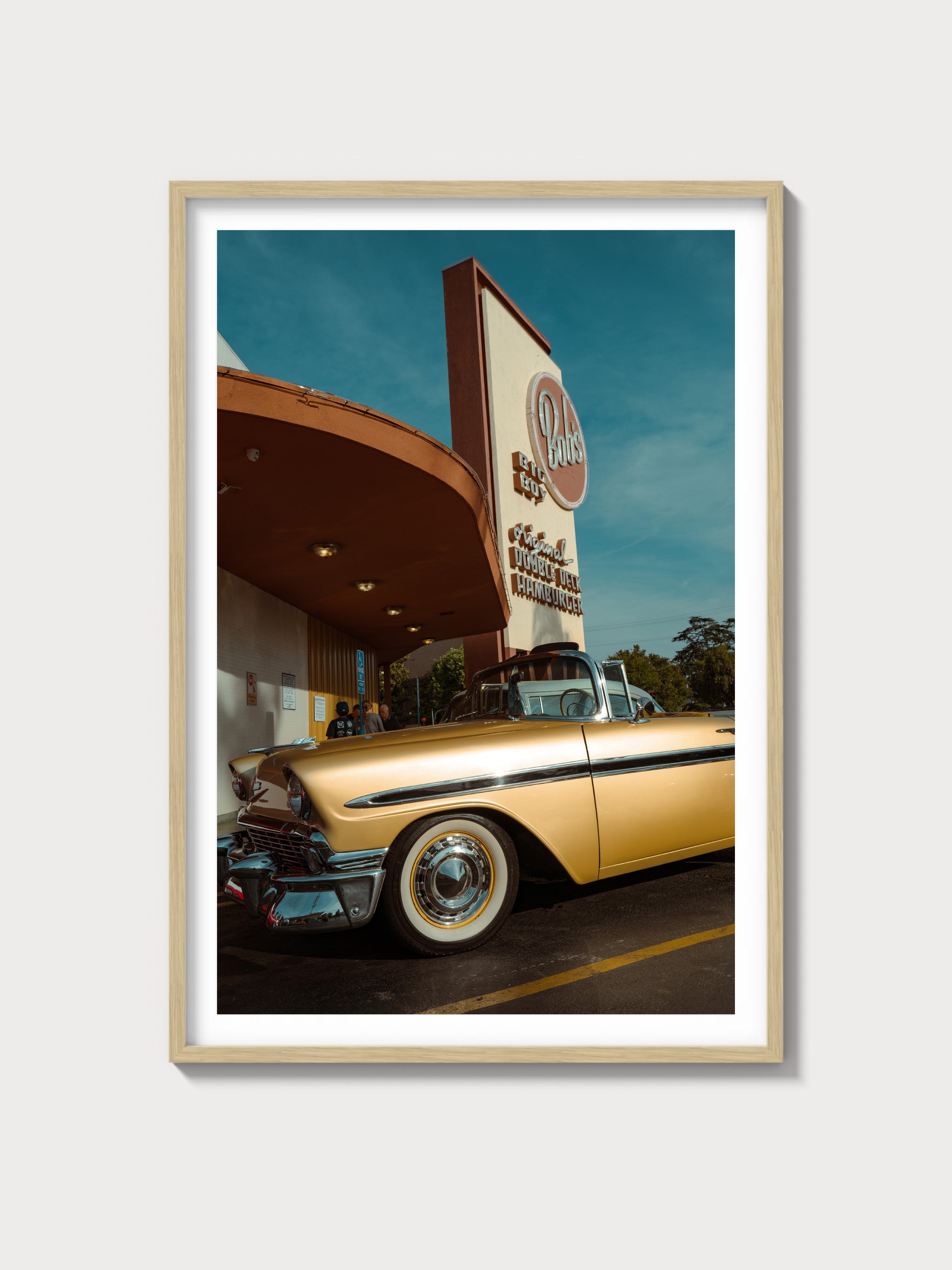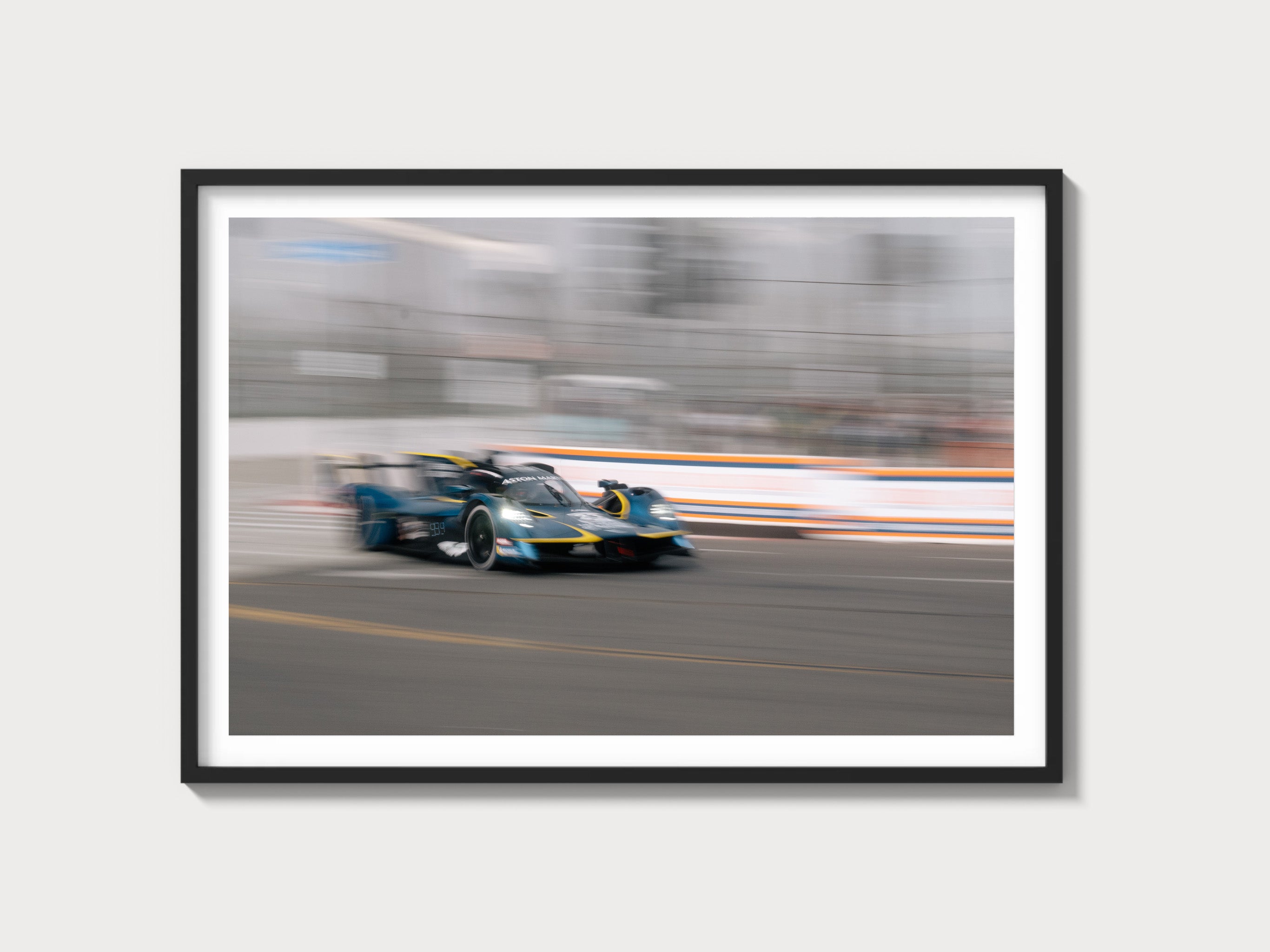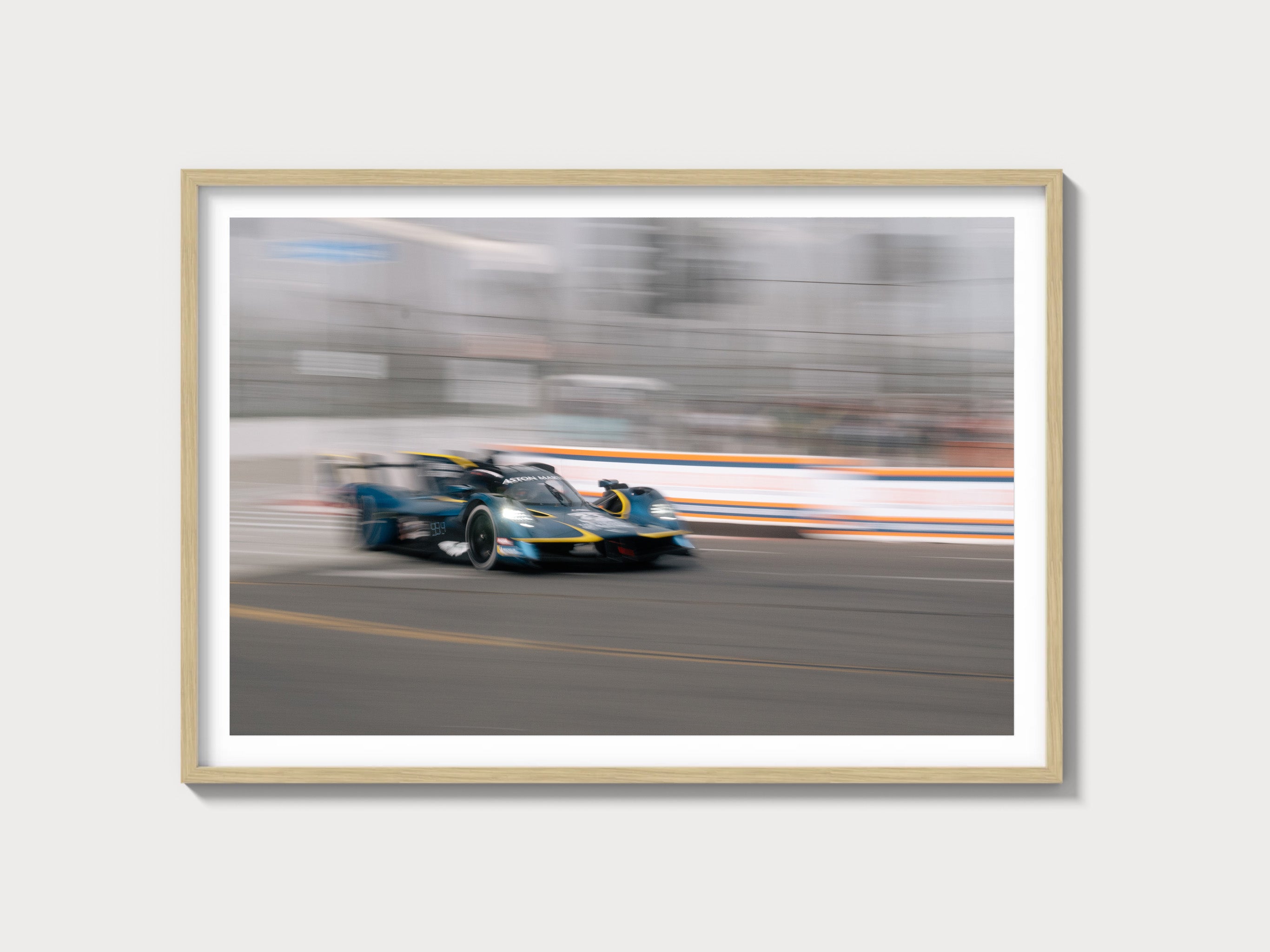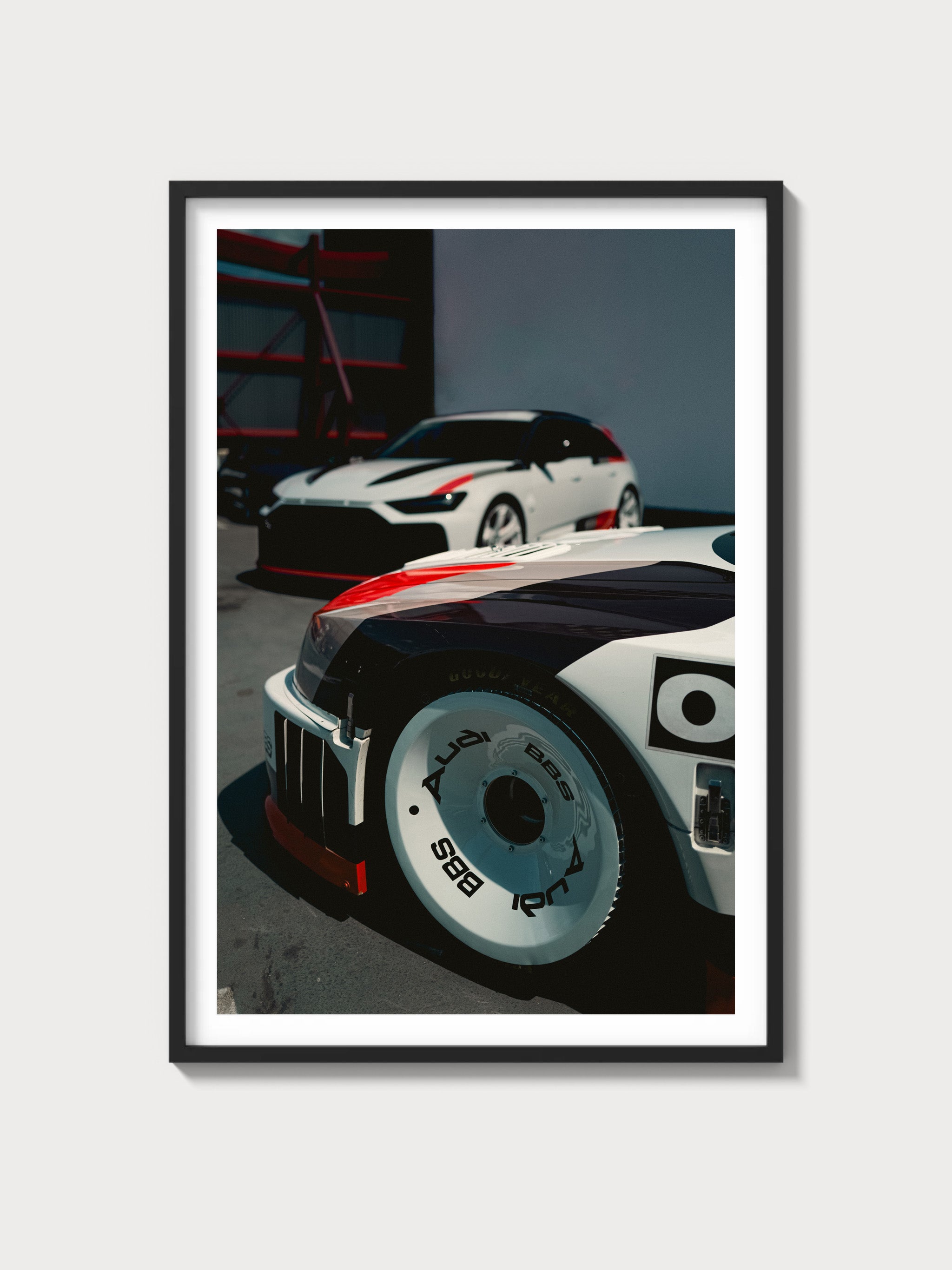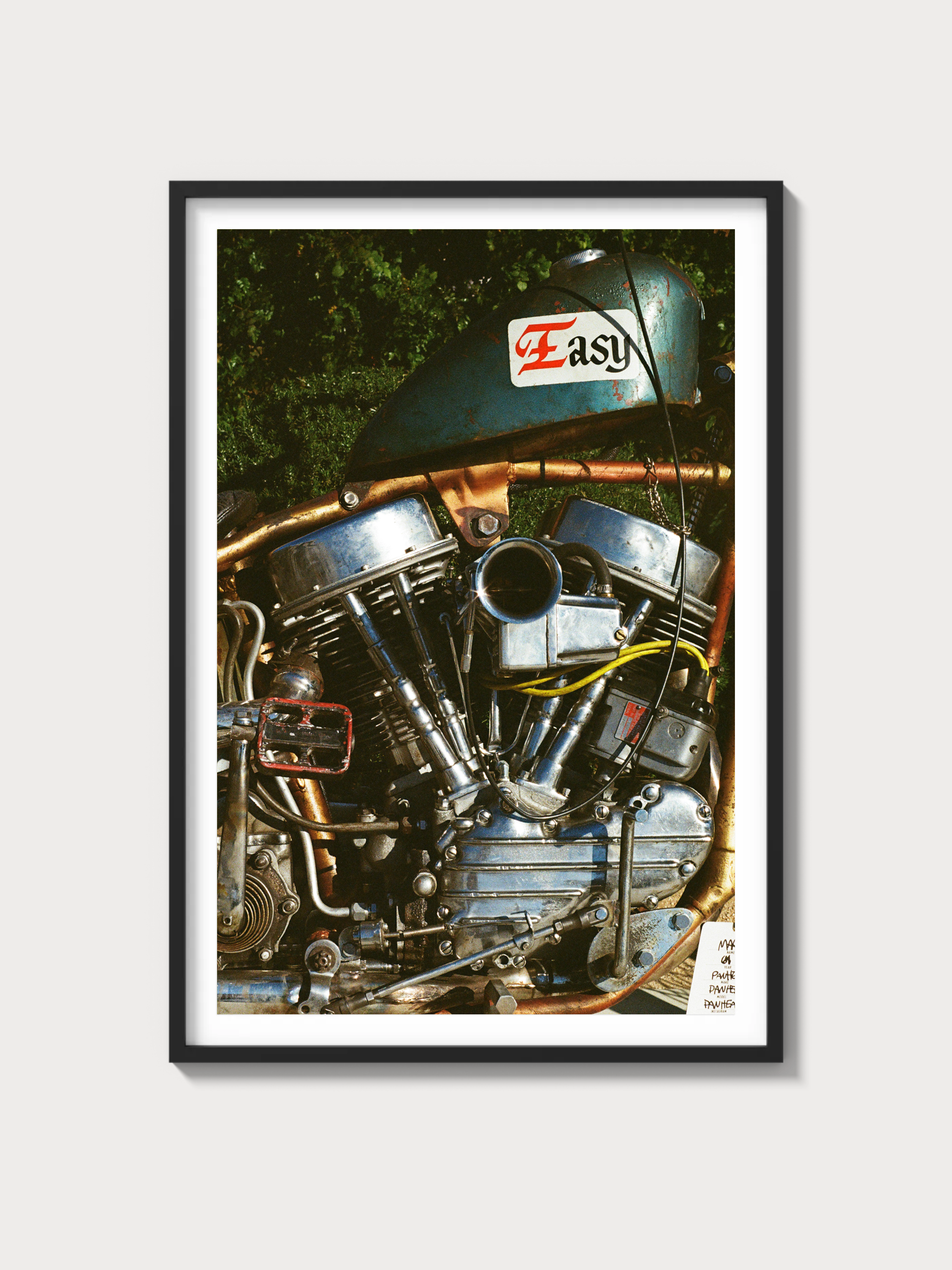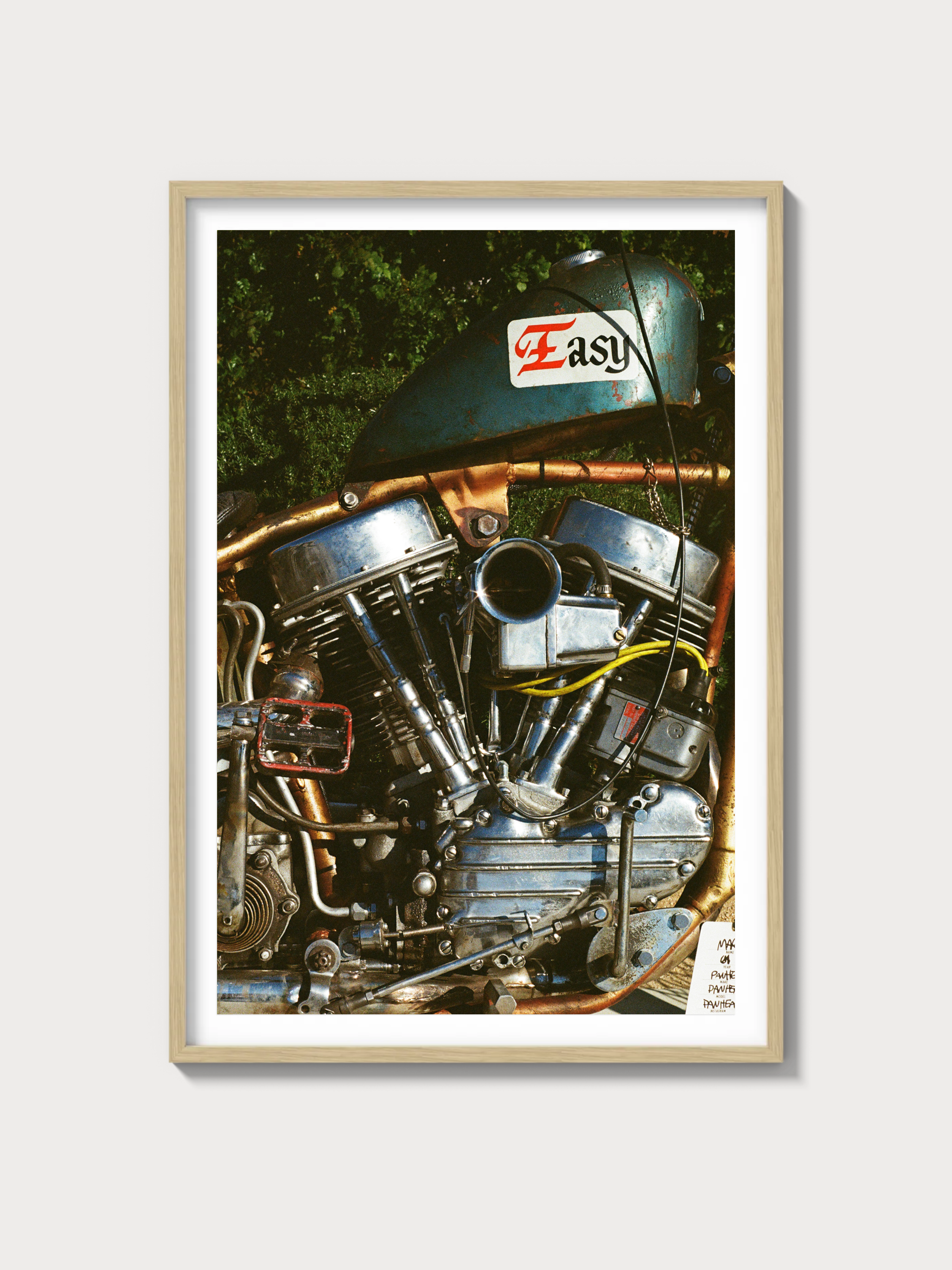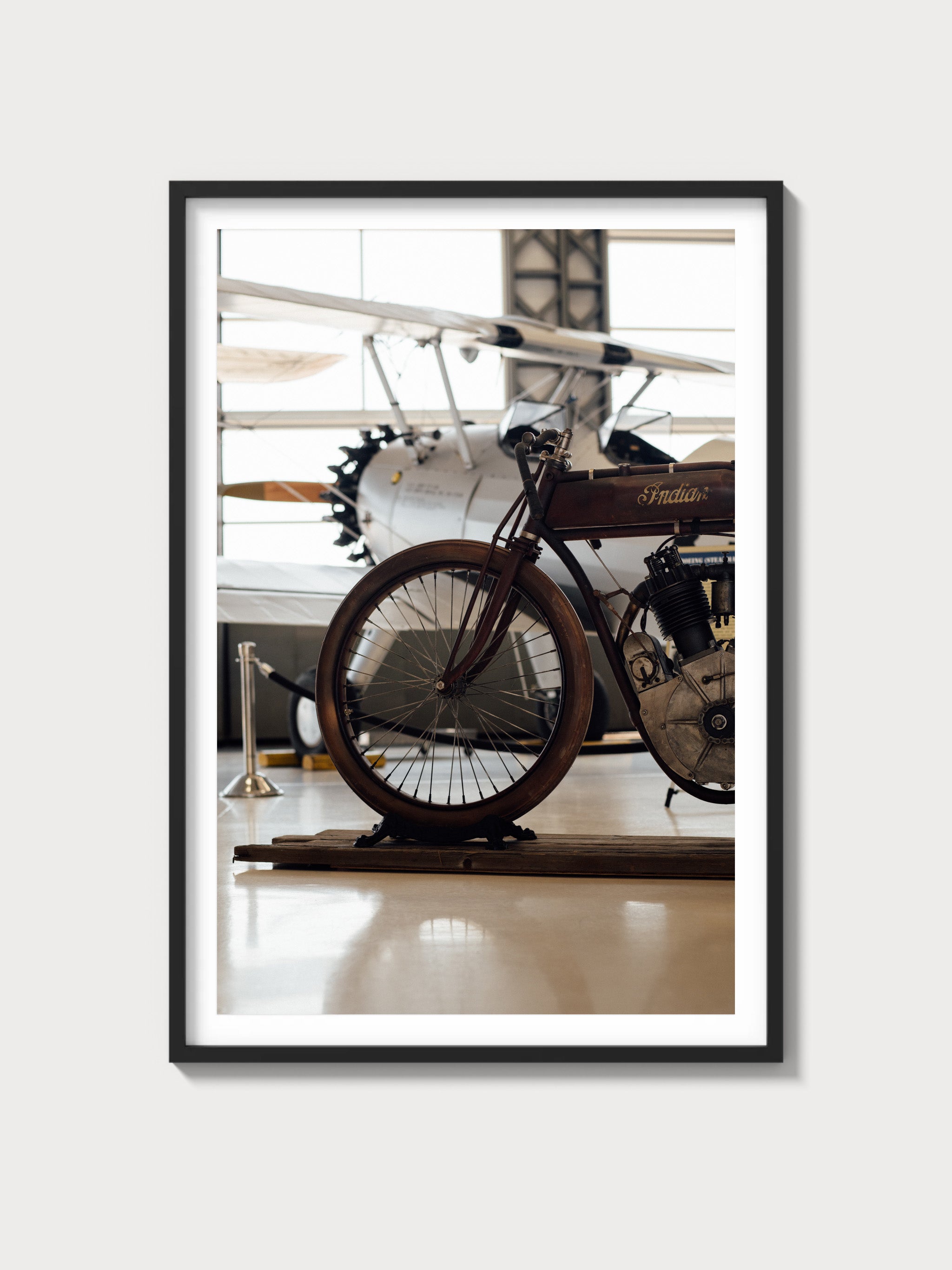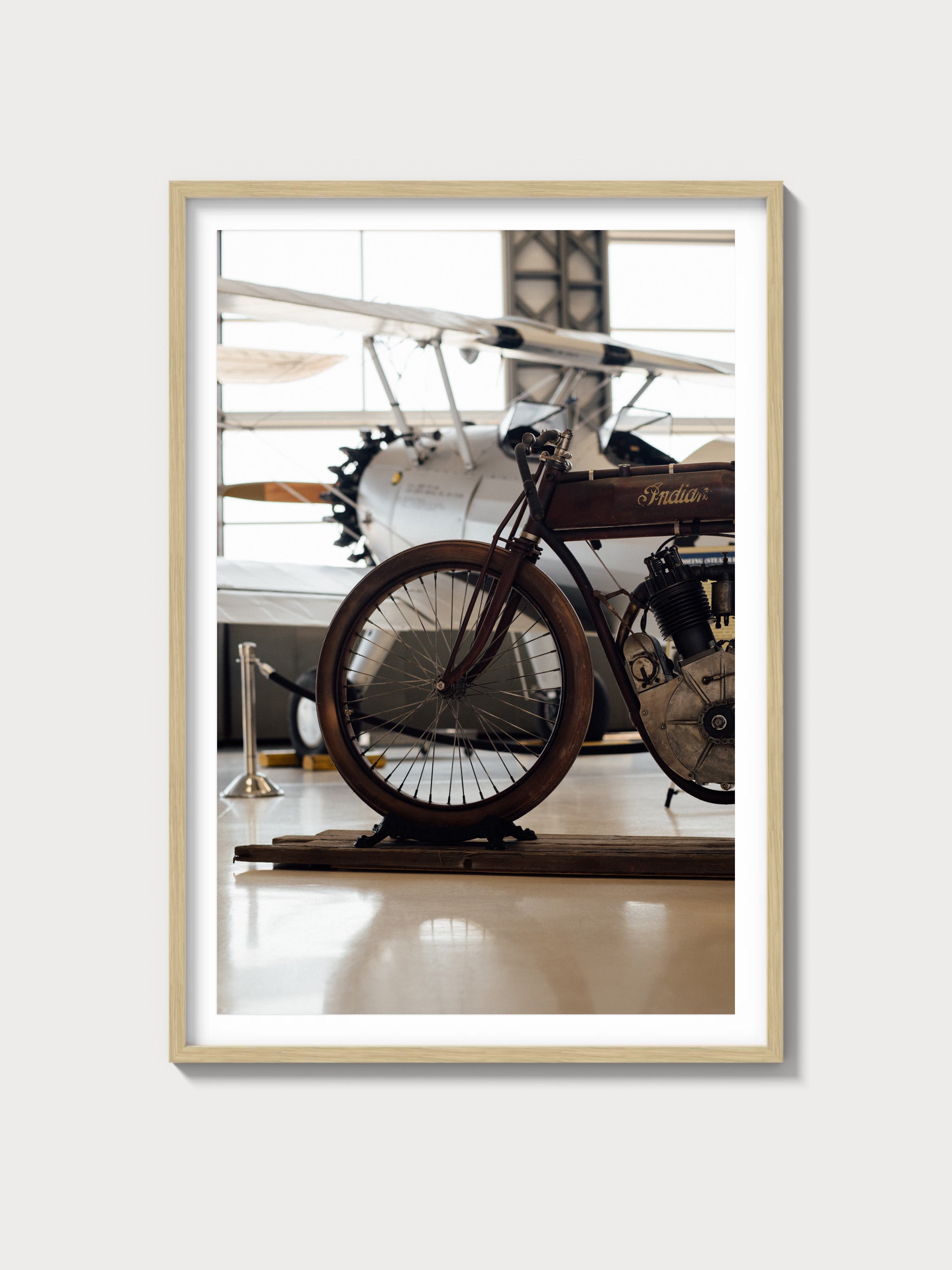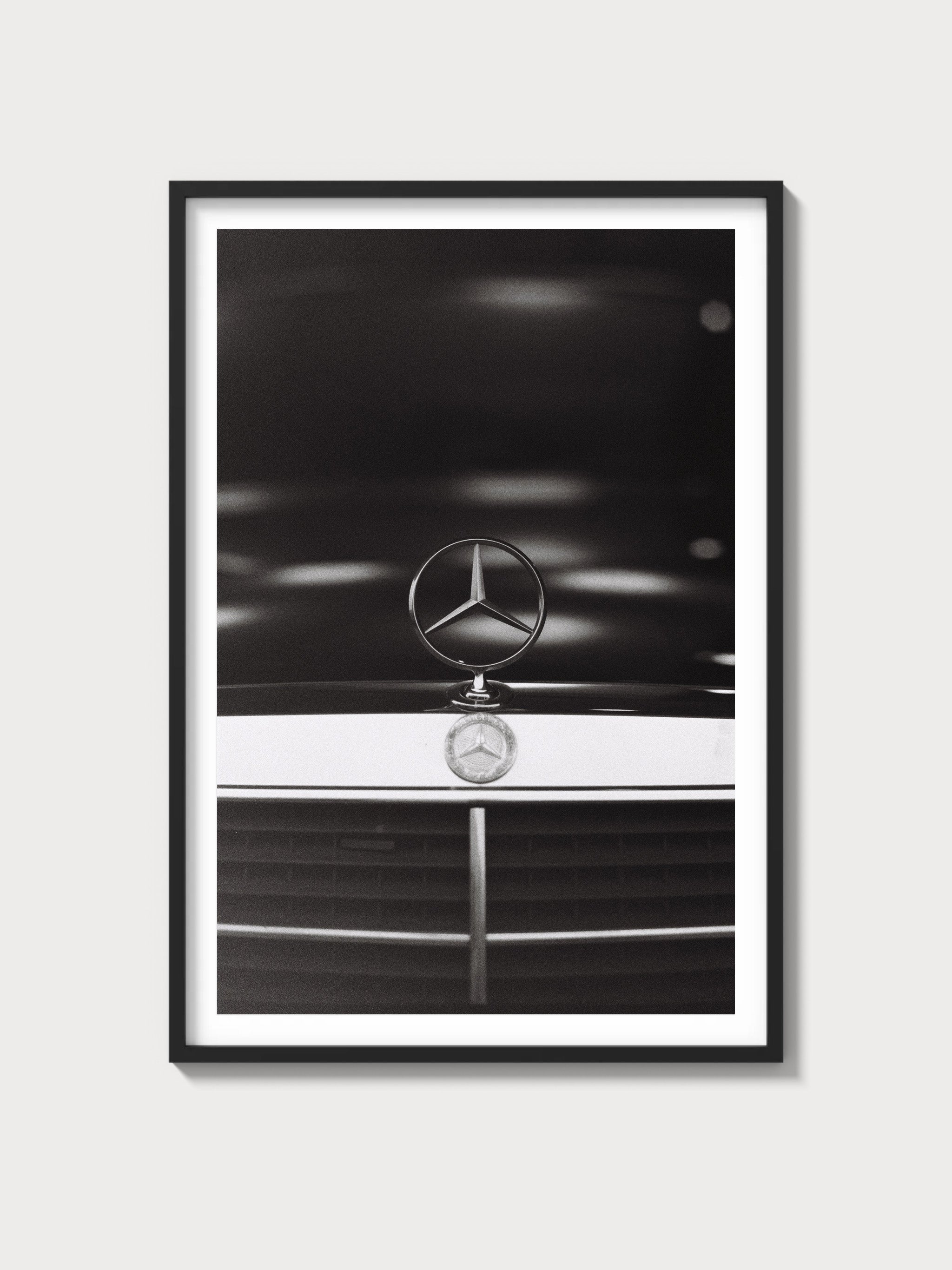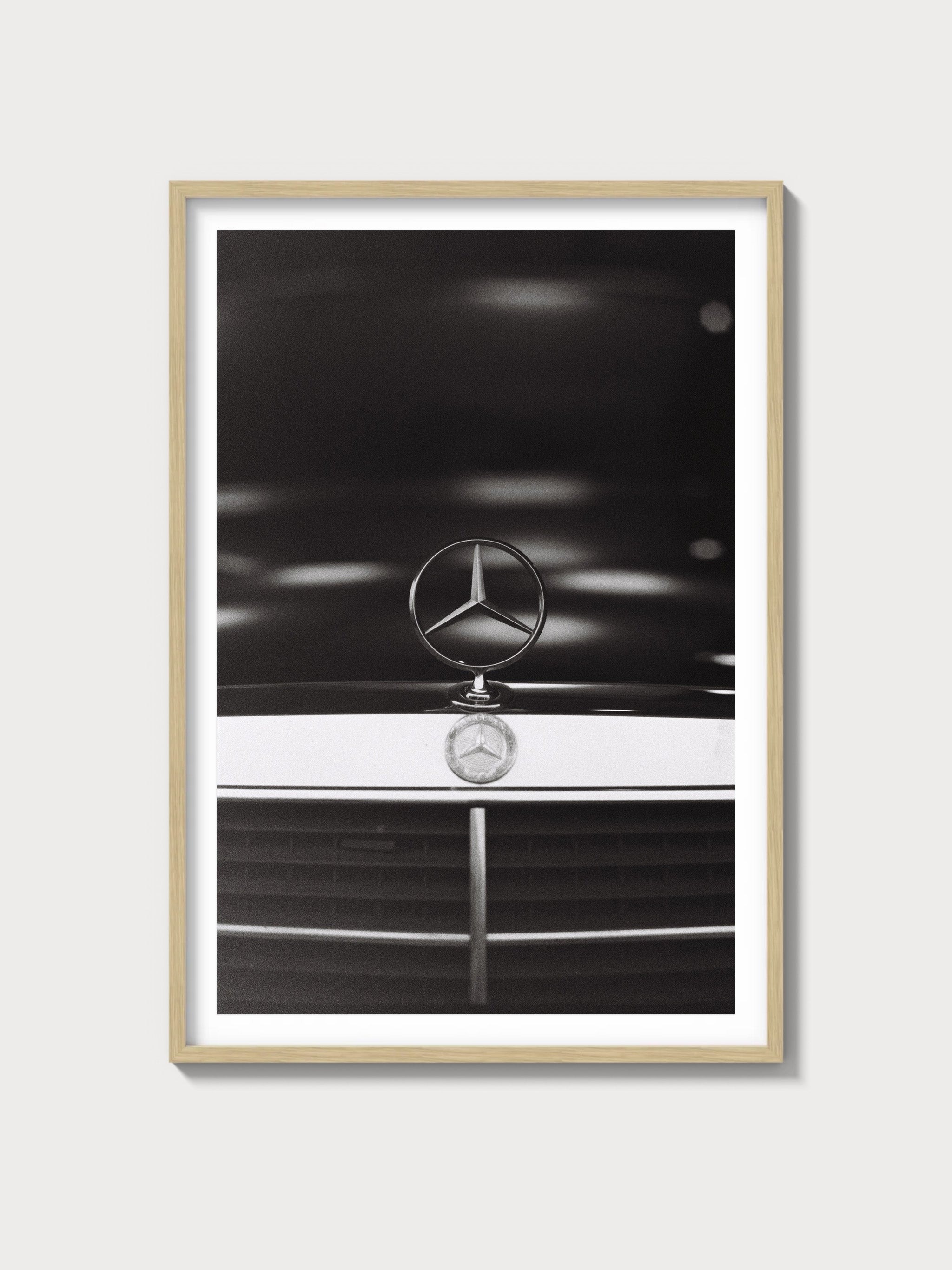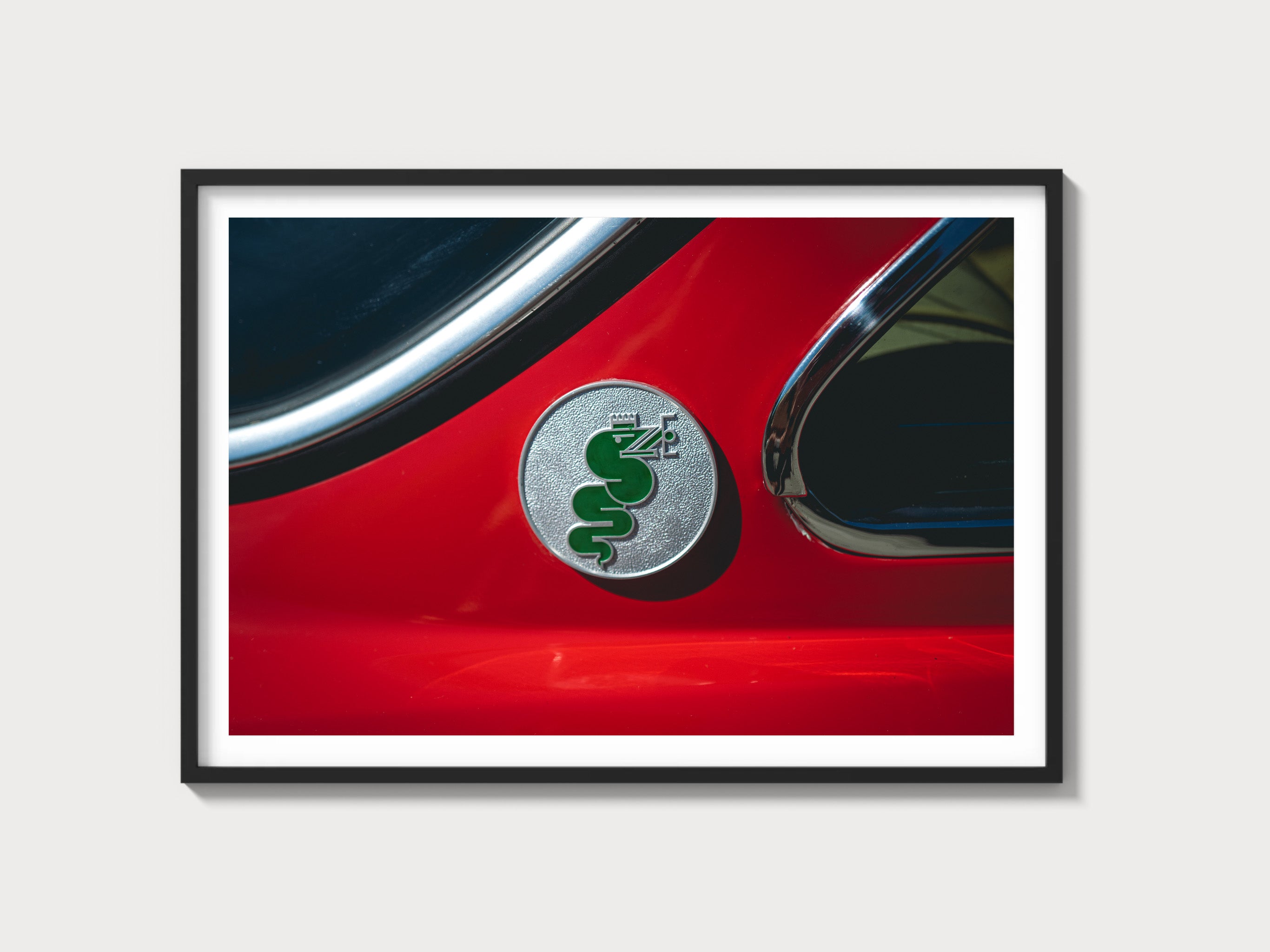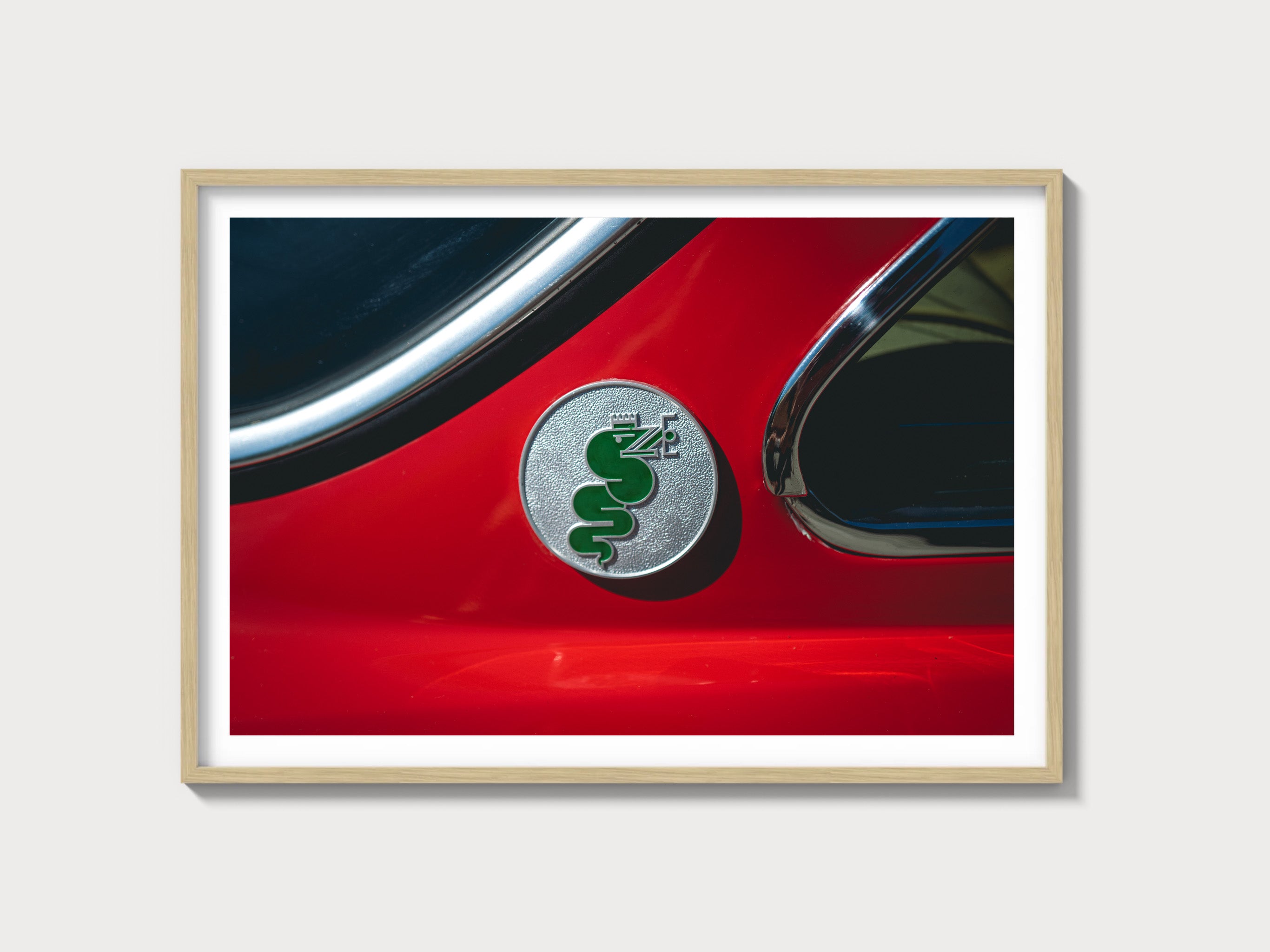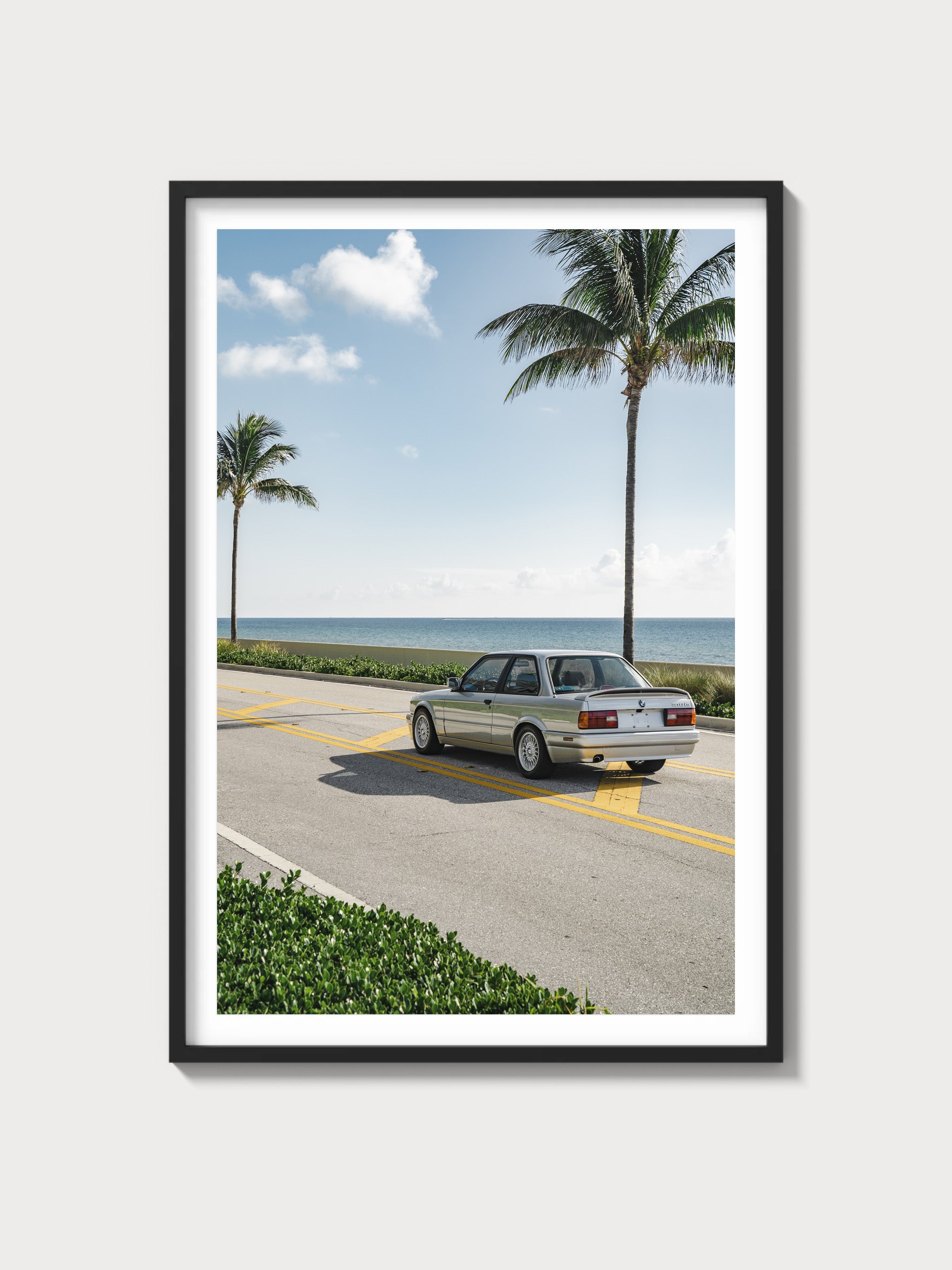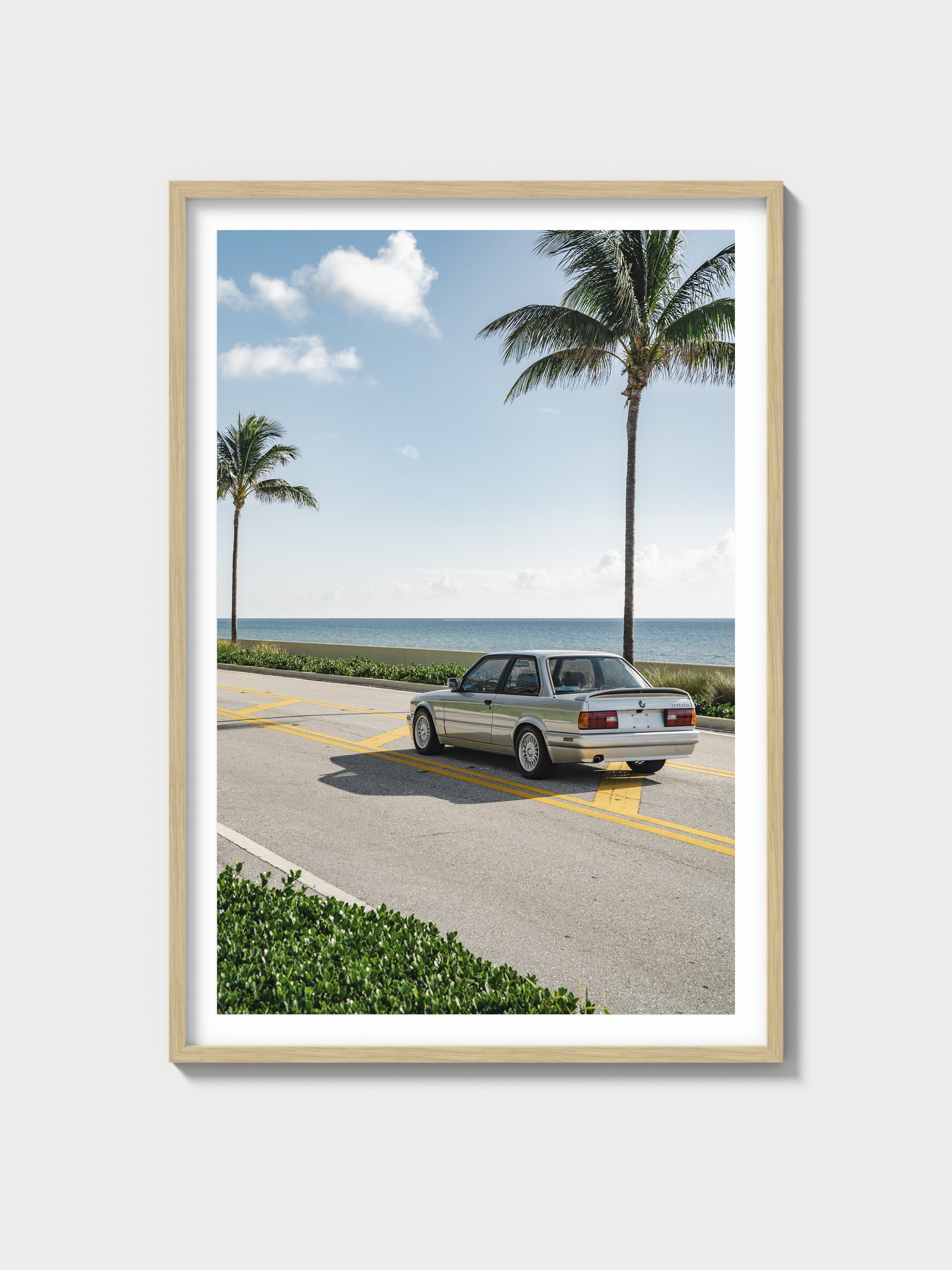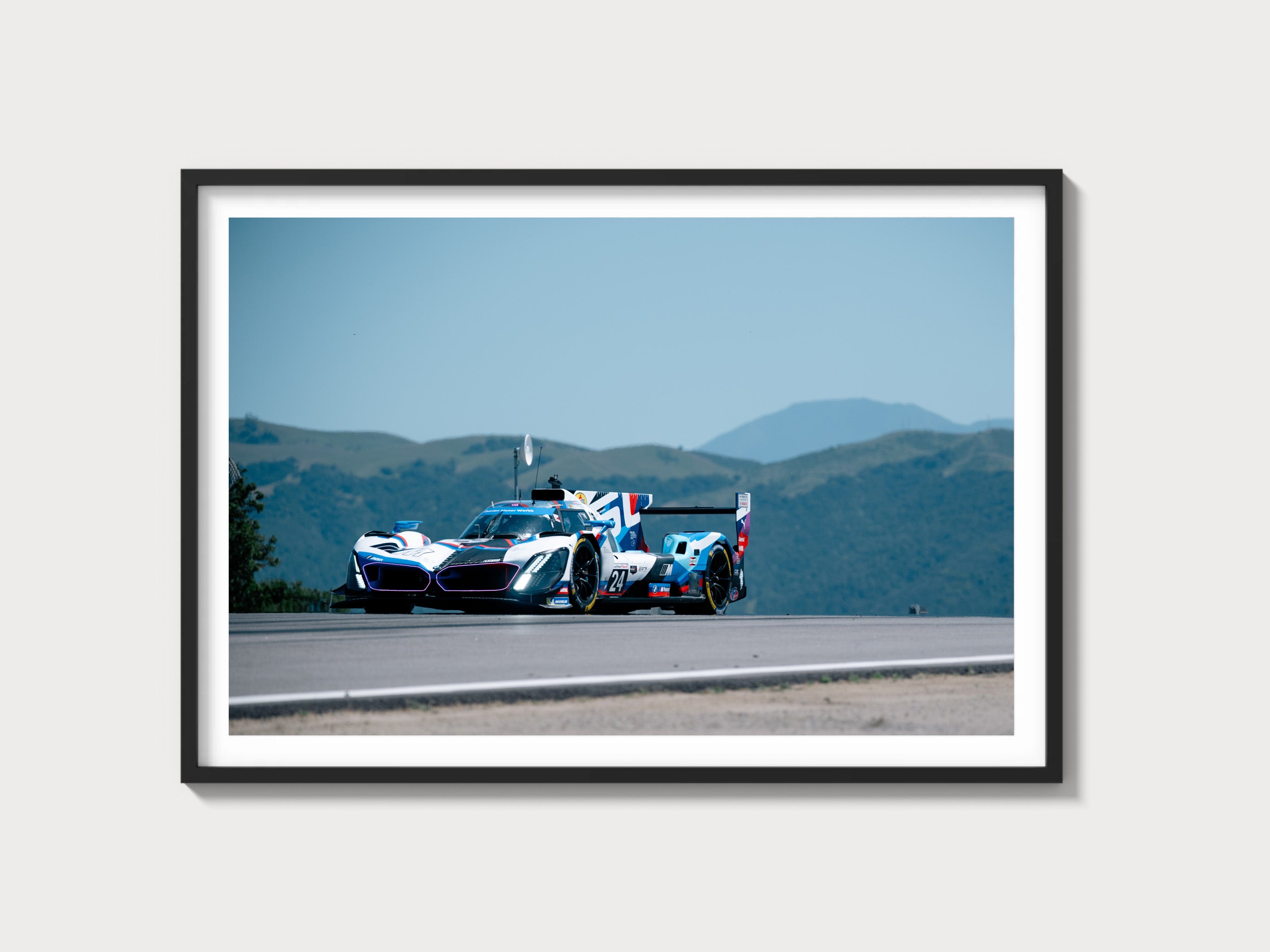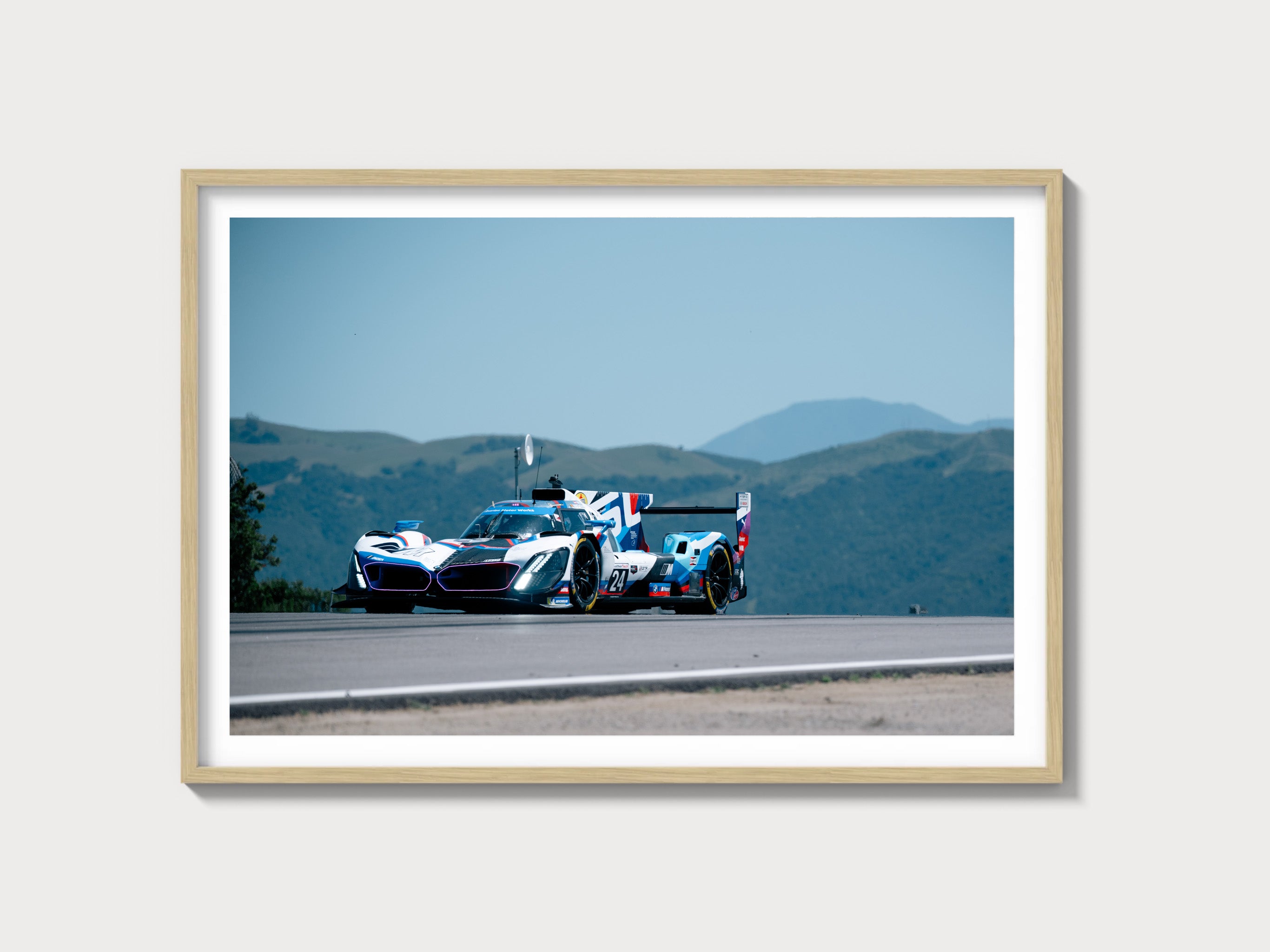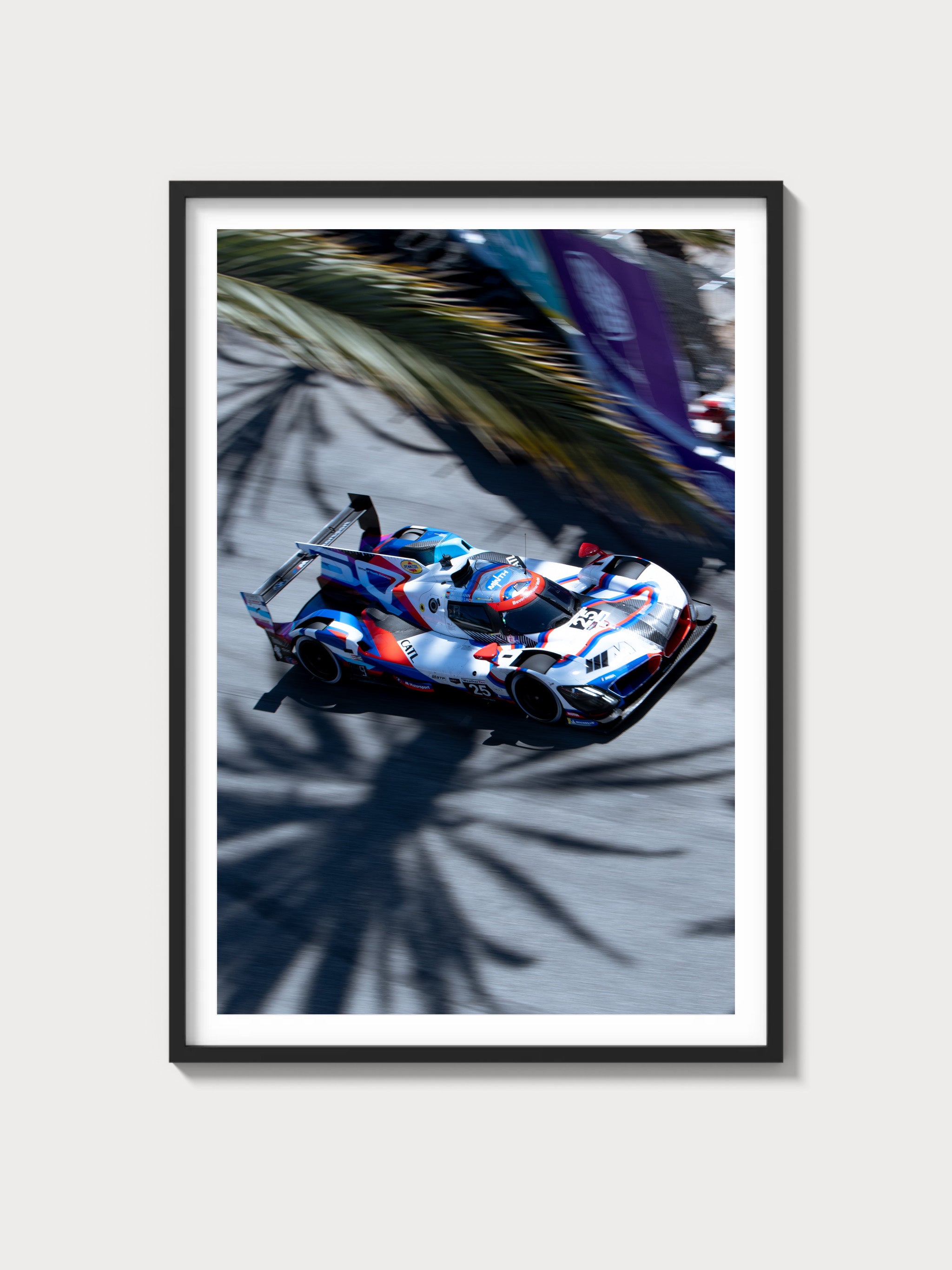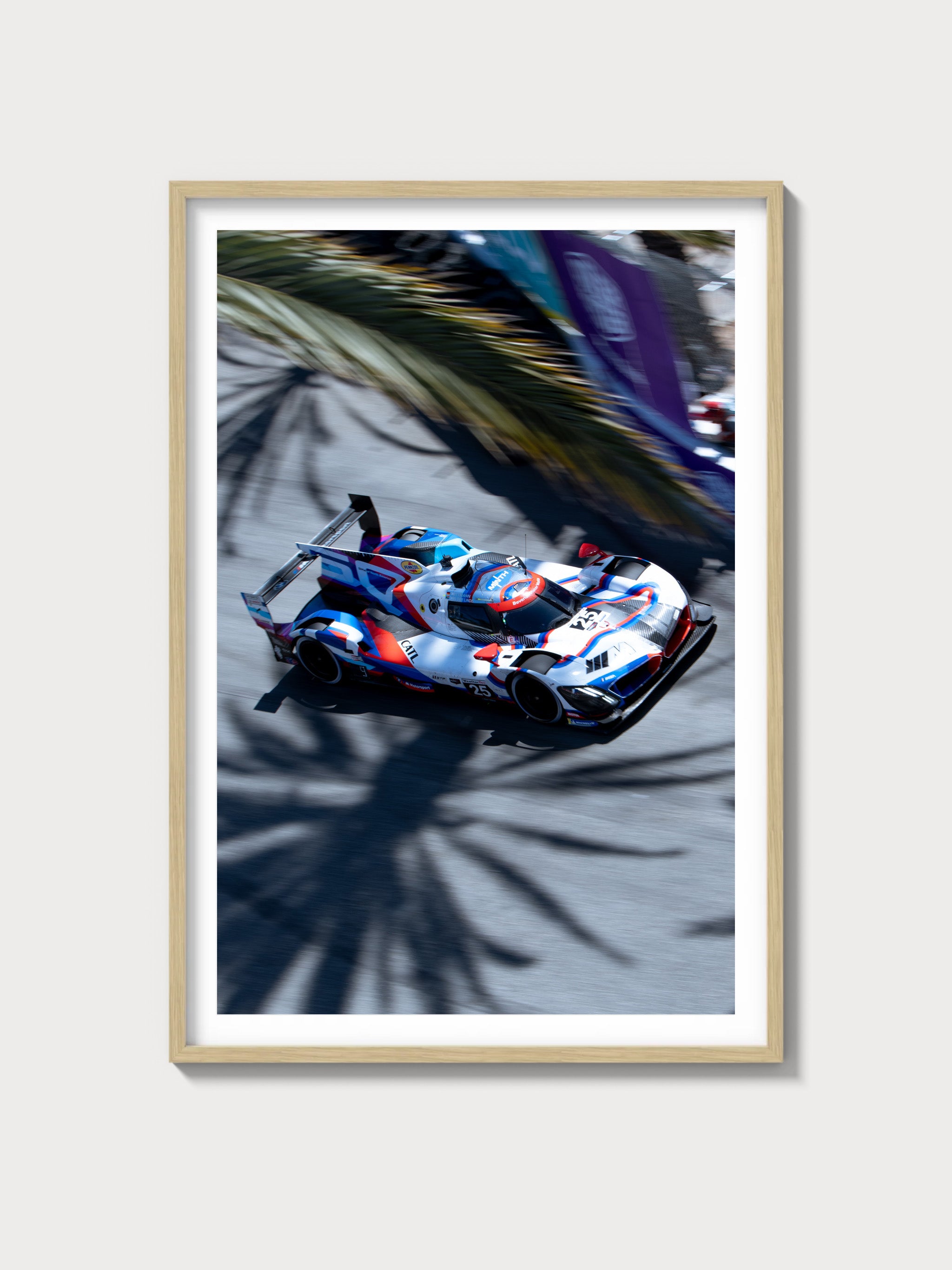Ferrari California T: The Definitive History, Specs, and Legacy
Introduction: Ferrari’s Turbocharged Convertible GT
In the celebrated lineage of Ferrari’s road cars, the California T, introduced in 2014, stands as a refined evolution—a front-engine grand tourer with a 3.9-liter turbocharged V8 and retractable hardtop, marking Ferrari’s return to forced induction for road cars. Crafted by Ferrari’s Centro Stile with Pininfarina collaboration, this model saw approximately 15,000 units produced, succeeding the California. The “T” for turbo distinguished it, blending enhanced performance, luxurious versatility, and open-top elegance, solidifying Ferrari’s grand touring heritage.
The year 2014 was a dynamic period for Ferrari, its racing triumphs—458 Italia, LaFerrari—complementing road car innovation under Sergio Marchionne’s leadership. Unveiled at the 2014 Geneva Motor Show, the California T captivated with its sleek redesign and turbo power. This exhaustive history, penned with a Ferrari historian’s precision, explores its technical brilliance, its iconic styling, its subtle racing ties, and its enduring legacy.
Historical Context: Ferrari’s Turbo GT Refinement
The Ferrari California T emerged during a pivotal era for Maranello. By 2014, Ferrari’s racing pedigree—FF’s versatility, LaFerrari’s hybrid supremacy—had solidified its stature, yet the company sought to refine its entry-level GT convertible beyond the original California’s ~17,000-unit run (2008-2017). The California had introduced the retractable hardtop, but its naturally aspirated V8 lacked the punch of newer rivals. The California T, with its 3.9L turbo V8, updated design, and improved dynamics, answered, targeting luxury buyers and enthusiasts while rivaling the Porsche 911 Turbo S Cabriolet and Mercedes-AMG SL63.
A total of ~15,000 units were built (2014-2017)—all retractable hardtop convertibles, reflecting strong demand. Chassis 210987, the prototype, debuted at Geneva in March 2014, its sharper lines signaling a turbocharged evolution. This was a car for a cosmopolitan audience—European coastal drivers, American luxury seekers—its production balancing accessibility with Ferrari’s prestige amid the mid-2010s luxury market.
The broader context of 2014 shaped its purpose. The luxury convertible market thrived—Bentley Continental GTC Speed, Aston Martin Vanquish Volante—while buyers sought efficiency with performance. The California T bridged Ferrari’s racing heritage, rooted in the F430, with a modern turbo GT.
Technical Specifications: The Turbo V8’s Refined Power
The Ferrari California T’s heart was its 3.9-liter turbocharged V8—a refined powerplant designed for efficiency and performance. Below, we dissect its engineering with historian’s detail.
Engine: The 3.9-Liter F154 V8 Turbo
Displacing 3,855 cc (bore 86.5 mm, stroke 82 mm), the California T’s V8 was a front-mounted, all-aluminum unit with a 90-degree V-angle, featuring four valves per cylinder (double overhead camshafts per bank), a 9.4:1 compression ratio, and twin-turbo direct fuel injection. It produced 560 horsepower at 7,500 rpm—a 100 hp gain over the California’s 460 hp. Weighing 325 lbs, it delivered 557 lb-ft of torque at 4,750 rpm, far surpassing the California’s 358 lb-ft.
This engine was a GT standout. Chassis 213876, a 2015 model, showcased its smooth, turbocharged power, balancing efficiency with exhilarating performance.
Performance: Enhanced GT Speed
The California T reached 196 mph (316 km/h)—verified by Autocar’s 2015 test—outpacing the California’s 193 mph, with a 0-60 mph time of ~3.6 seconds, a 0.2-second improvement. Its power-to-weight ratio (344 hp/ton) surpassed the California (282 hp/ton), offering a dynamic yet refined GT experience.
Chassis and Suspension: Front-Engine Precision
The chassis was an aluminum spaceframe, weighing 1,625 kg (3,582 lbs)—5 kg lighter than the California due to optimized design. Its 2,670 mm wheelbase matched its predecessor, with fully independent suspension—double wishbones front, multilink rear, with coil springs and magnetorheological dampers—delivering a plush, controlled ride.
Transmission and Brakes: Smooth Dynamics
A 7-speed dual-clutch transmission—rear-mounted, transaxle design—drove the rear wheels, its ratios (1st: 2.93, 7th: 0.76) favoring versatility, with paddle-shift operation (60-ms shifts). Braking relied on 14-inch carbon-ceramic disc brakes with ABS, delivering 1.1g deceleration—robust for its weight.
| Specification | Details |
|---|---|
| Engine | 3.9L V8 Turbo, 560 hp @ 7,500 rpm |
| Displacement | 3,855 cc (86.5 mm x 82 mm) |
| Top Speed | ~196 mph (316 km/h) |
| 0-60 mph | ~3.6 seconds |
| Weight | 1,625 kg (3,582 lbs) |
| Transmission | 7-speed dual-clutch, paddle-shift |
| Suspension (Front) | Double wishbone, coil springs, magnetorheological dampers |
| Suspension (Rear) | Multilink, coil springs, magnetorheological dampers |
| Brakes | Carbon-ceramic discs, 14-inch, ABS |
Design and Styling: Ferrari’s Refined Convertible Elegance
The Ferrari California T’s aesthetic was a Ferrari-Pininfarina collaboration, refining the original California’s elegance.
Exterior: Sharper Hardtop Design
Ferrari’s Centro Stile and Pininfarina built all ~15,000 units—chassis 210987 featured a sculpted grille, sleeker headlights, and a retractable hardtop (14-second operation), finished in Rosso California. Its 2,670 mm wheelbase and aluminum body offered a sharper, more aggressive stance, with refined vents enhancing its modern appeal.
Interior: Luxurious GT Retreat
The cabin was a plush haven: leather bucket seats (tan or black), an upgraded 6.5-inch touchscreen, and Veglia gauges—tachometer (8,000 rpm redline), speedometer, oil pressure. Chassis 213876’s interior, with enhanced materials over the California, offered luxury contrasting the LaFerrari’s spartan focus.
Production and Variants: A Turbo GT Success
The Ferrari California T’s ~15,000-unit run (2014-2017) included the standard model, with specials like the Handling Speciale (2016). Chassis 210987 launched the series, while 225789 closed it, transitioning to the Portofino. Its focus remained road luxury—no racing versions emerged.
Performance and Racing Legacy: A Tourer’s Quiet Potency
The Ferrari California T racing history was negligible, its grand touring ethos dominant. Chassis 212543, tuned to 570 hp, ran private track events, but no official races ensued. Its true domain was scenic cruising—Amalfi Coast, Pacific Coast—where its 196 mph top speed and turbo torque excelled.
Ownership and Market Value: A Refined Classic
The Ferrari California T value reflects its refined appeal. Early owners included European luxury seekers and U.S. coastal elites. Today, prices range $120,000-$160,000—chassis 210987 sold for $140,000 at RM Sotheby’s 2023. Restoration costs—turbo V8 rebuilds at $100,000—highlight its enduring popularity.
Cultural Impact: Ferrari’s Turbo GT Milestone
The California T reintroduced turbocharging to Ferrari’s road cars, its V8 and refined design influencing the Portofino. In 2010s lore, it’s the car of turbocharged luxury and open-top performance, a milestone in Ferrari’s grand touring heritage.
Comparisons: Ferrari California T vs Rivals
The Ferrari California T vs Porsche 911 Turbo S Cabriolet pits 560 hp V8 turbo against 580 hp flat-6 turbo—Ferrari led in elegance, Porsche in power. The Mercedes-AMG SL63 (577 hp) matched in luxury but trailed in dynamics.
| Model | Engine | Power | Weight | Top Speed |
|---|---|---|---|---|
| Ferrari California T | 3.9L V8 Turbo | 560 hp | 1,625 kg | ~196 mph |
| Porsche 911 Turbo S Cabriolet | 3.8L Flat-6 Turbo | 580 hp | 1,670 kg | ~205 mph |
| Mercedes-AMG SL63 | 5.5L V8 Turbo | 577 hp | 1,845 kg | ~186 mph |
Frequently Asked Questions
What was the Ferrari California T?
A 2014 3.9L V8 turbo front-engine retractable hardtop convertible.
How many were made?
~15,000 units.
What engine powered it?
3,855 cc V8 turbo, 560 hp.
Did it race?
Rarely—built for touring.
What’s its value?
$120,000-$160,000.

